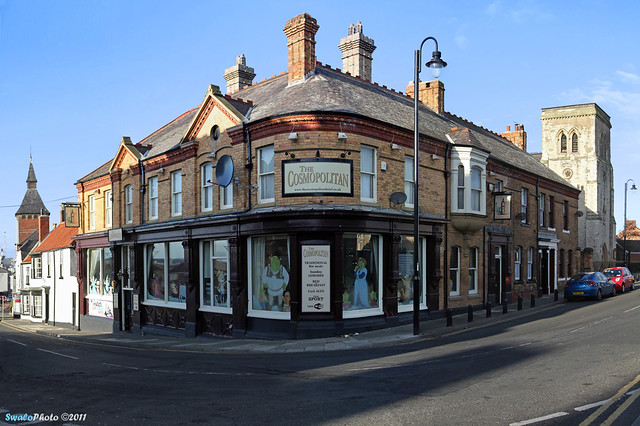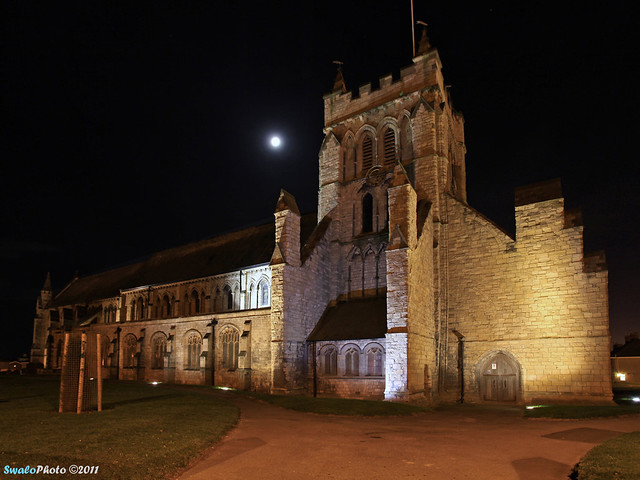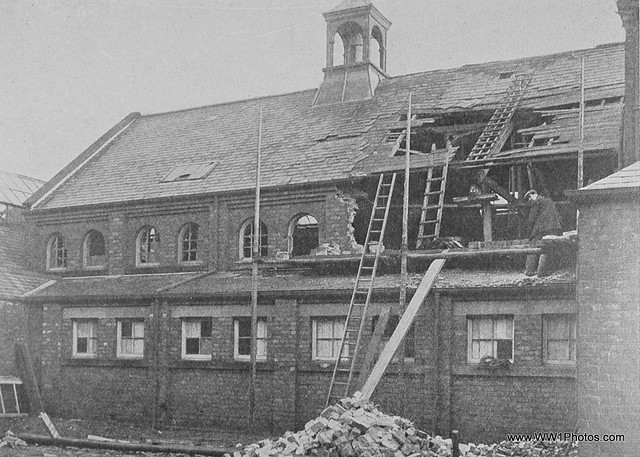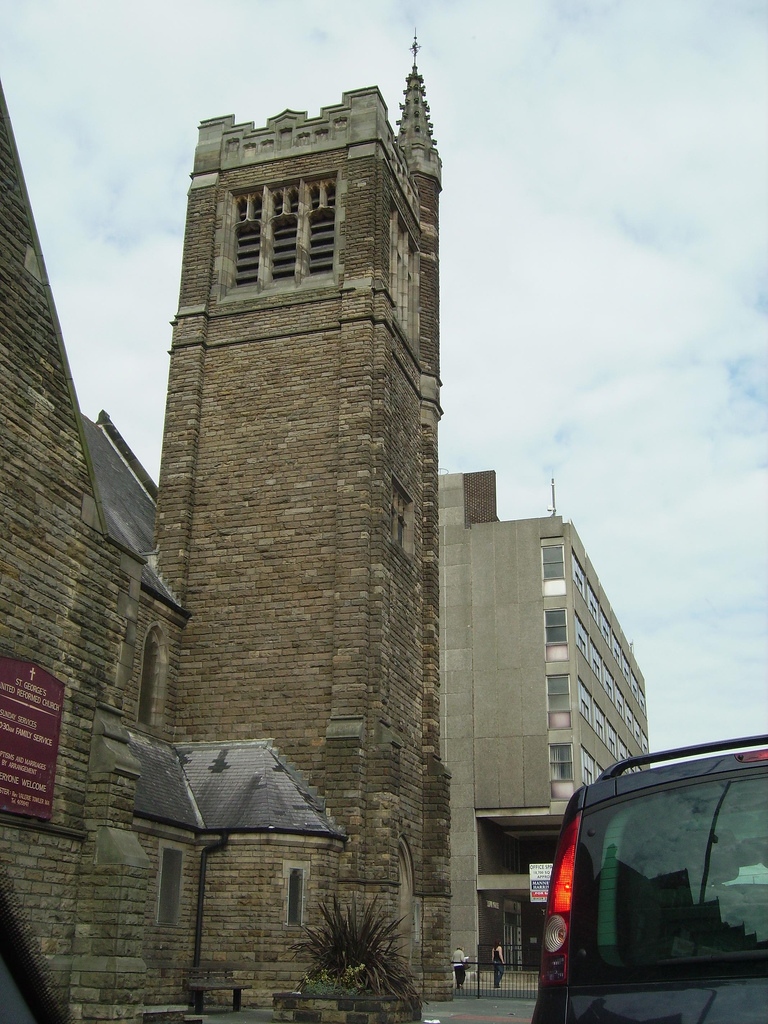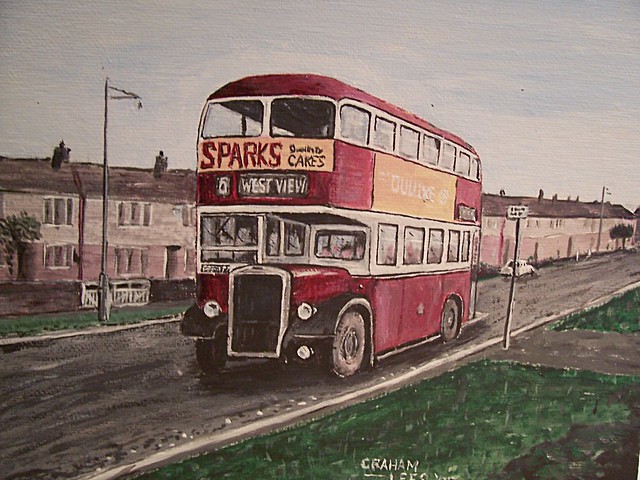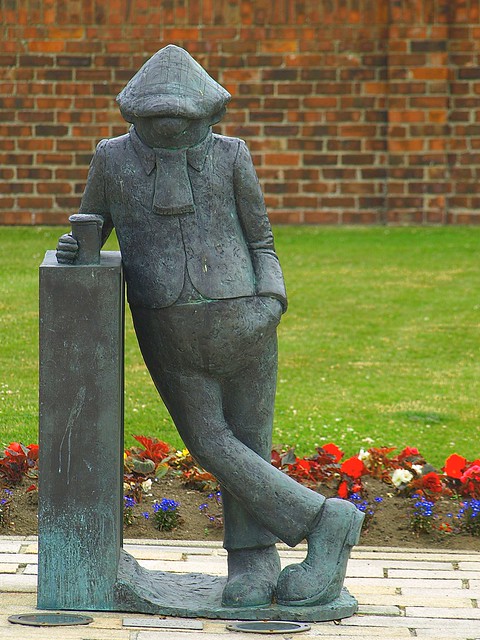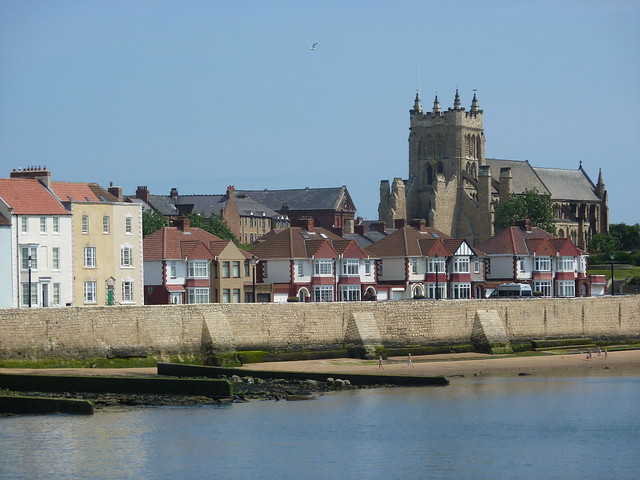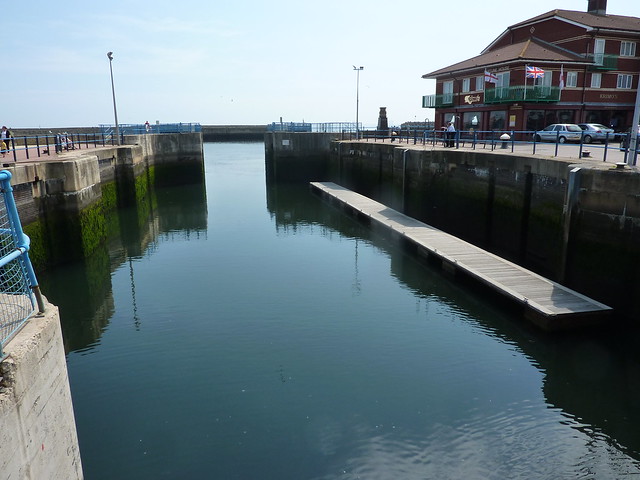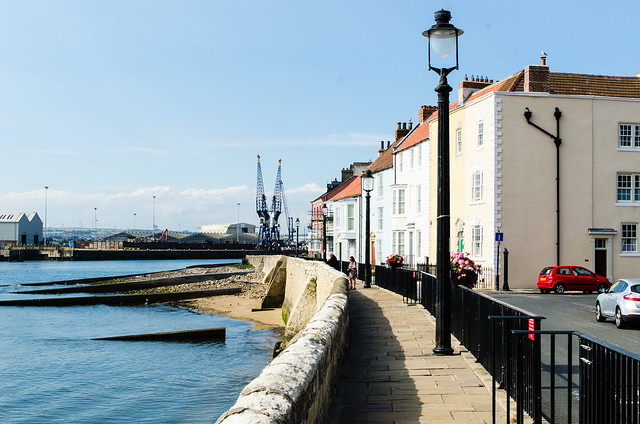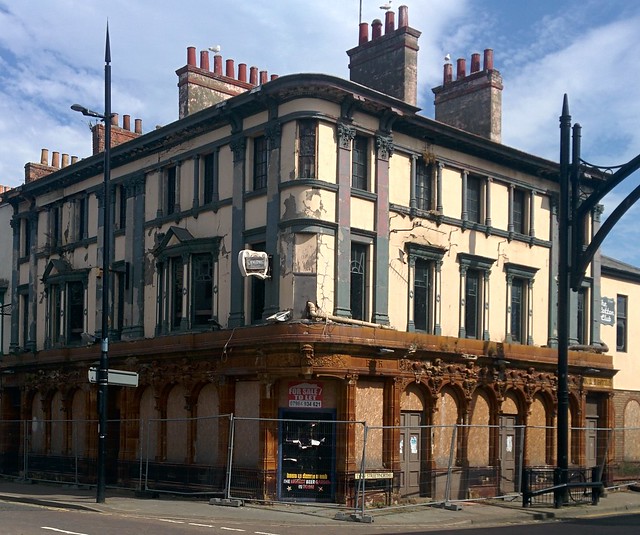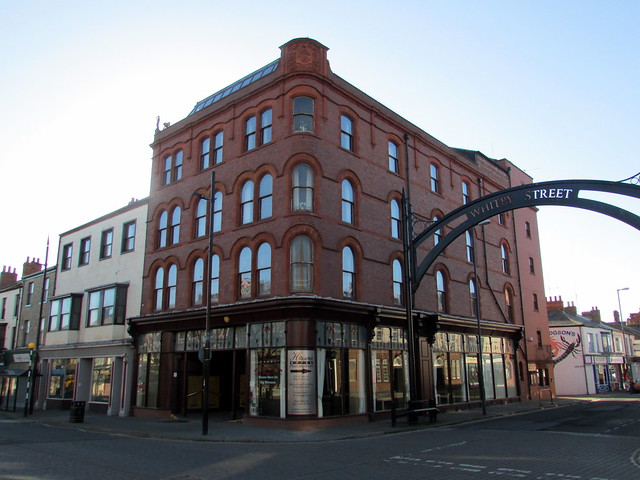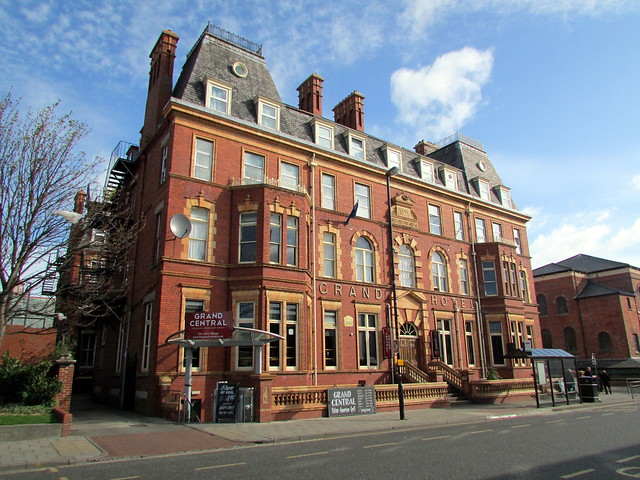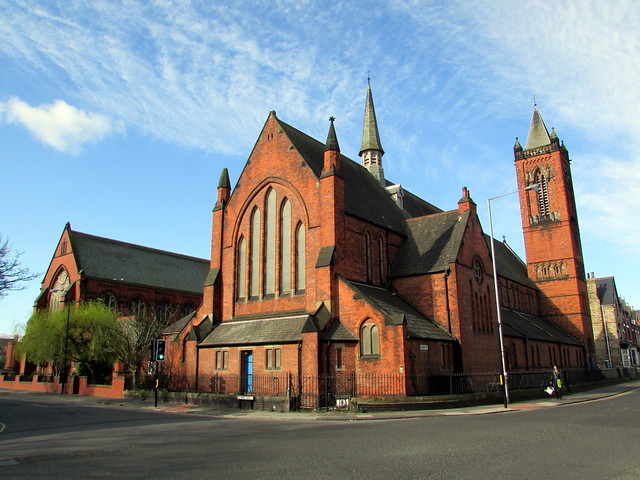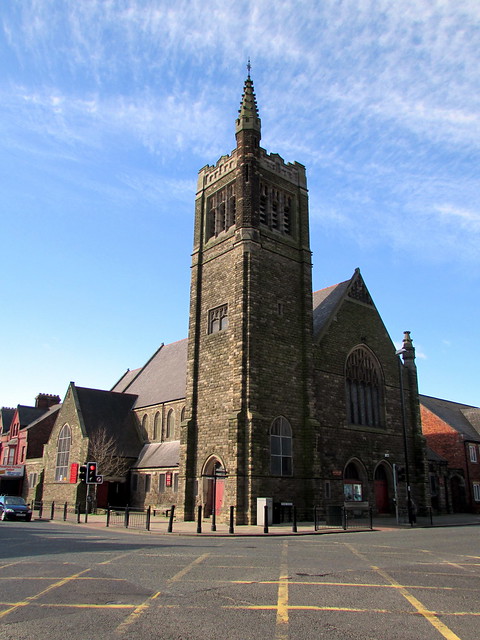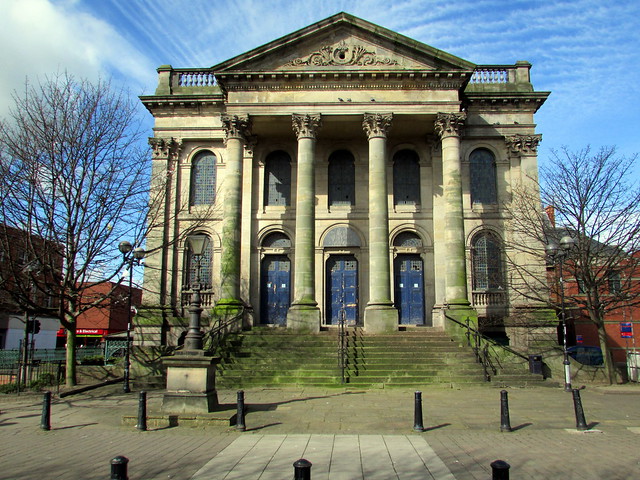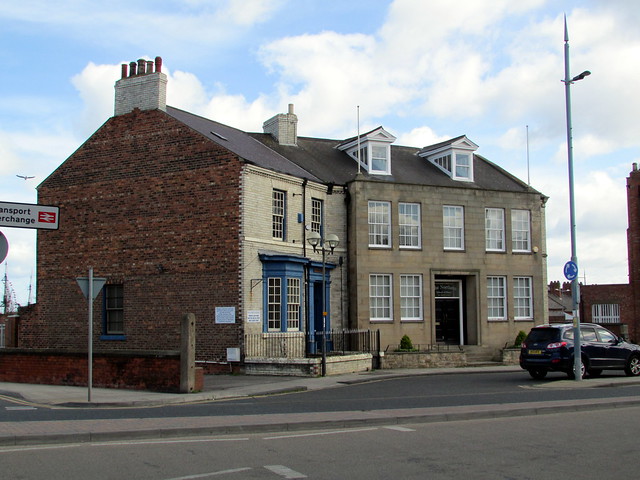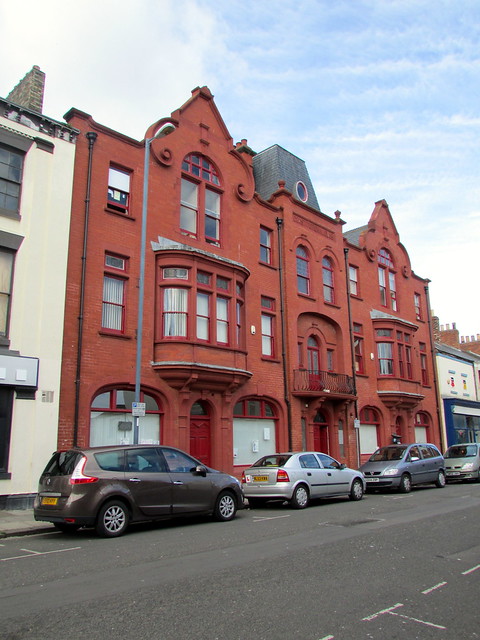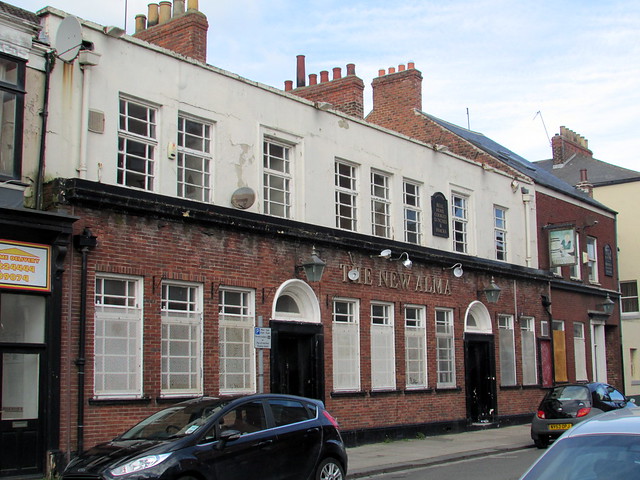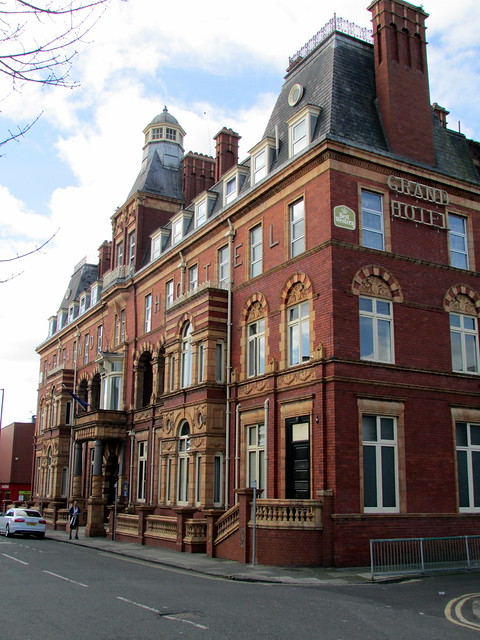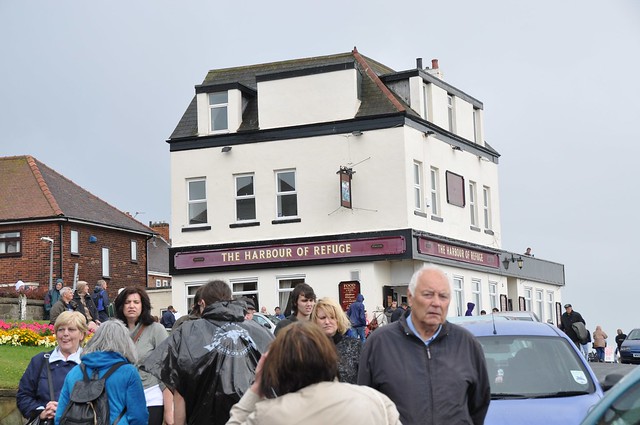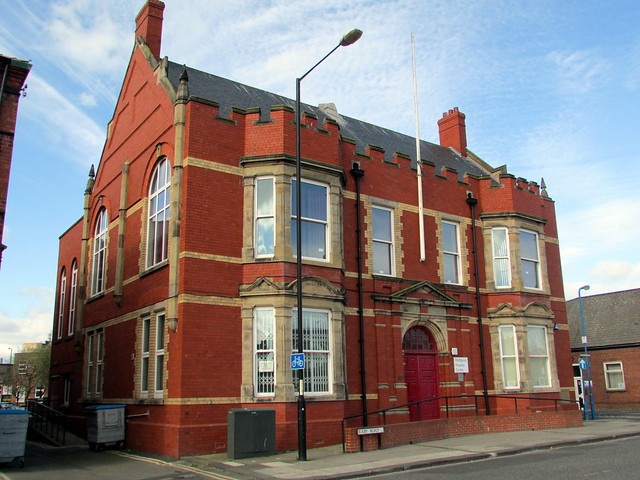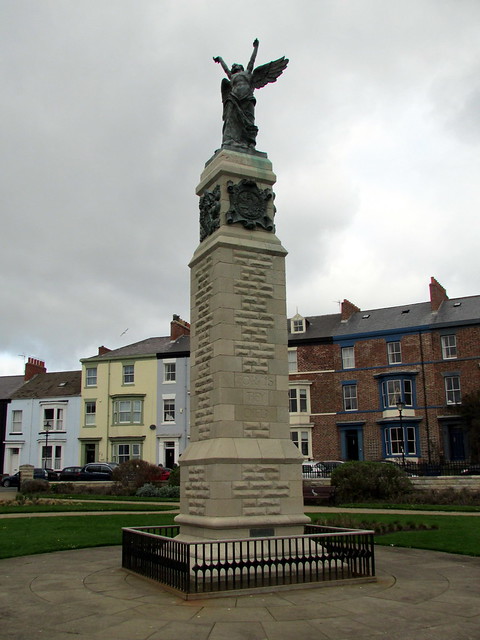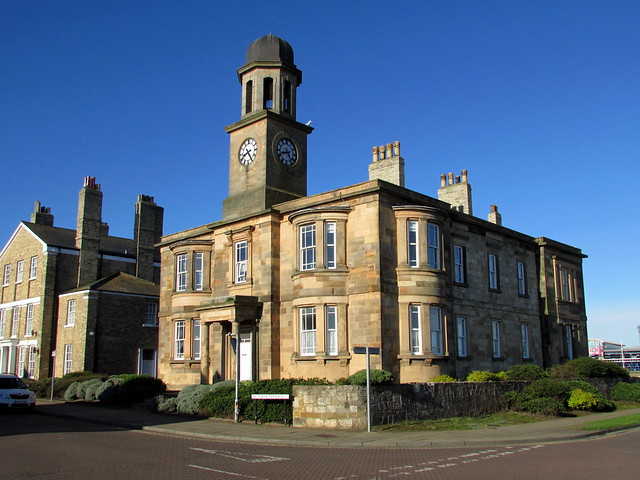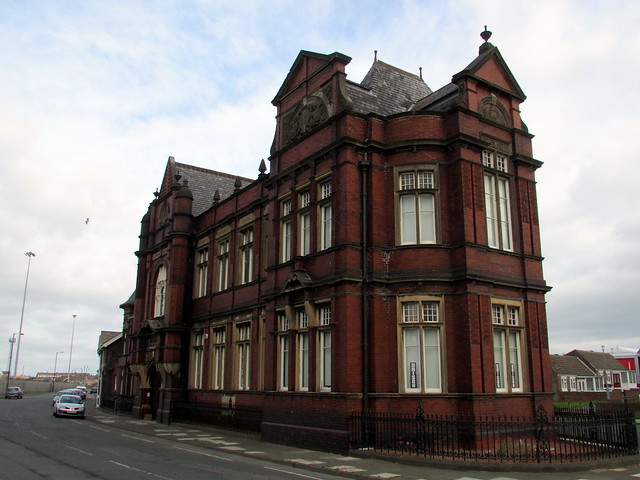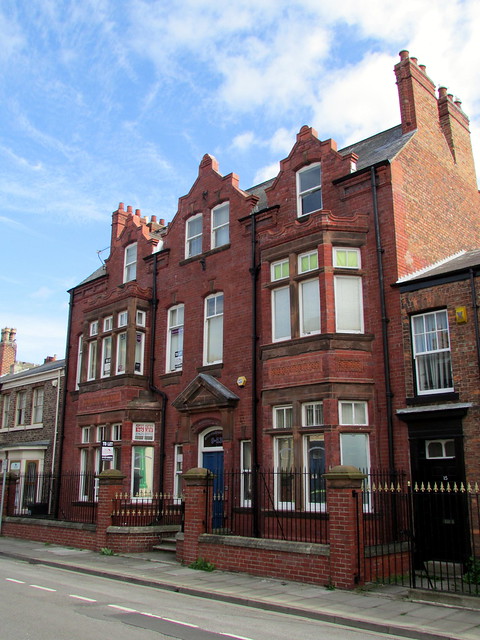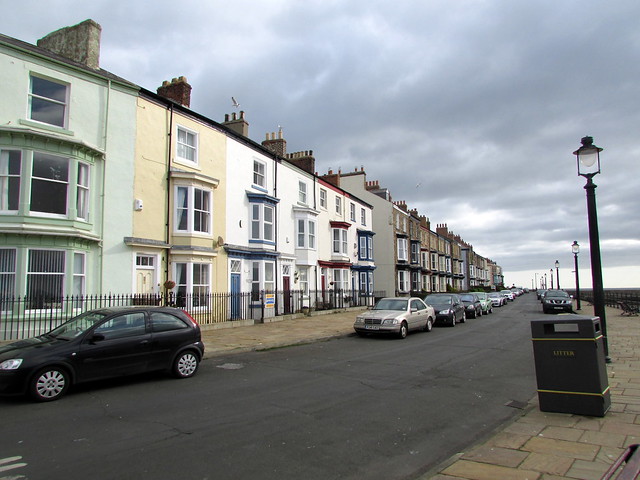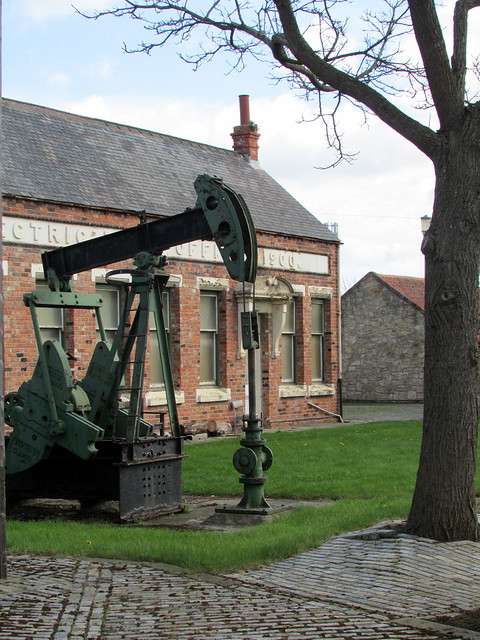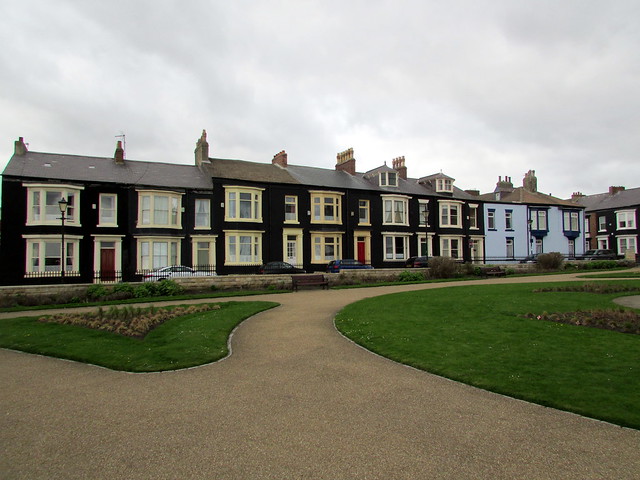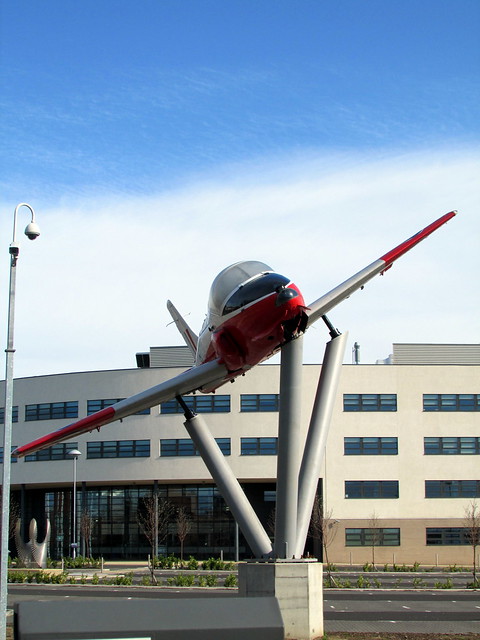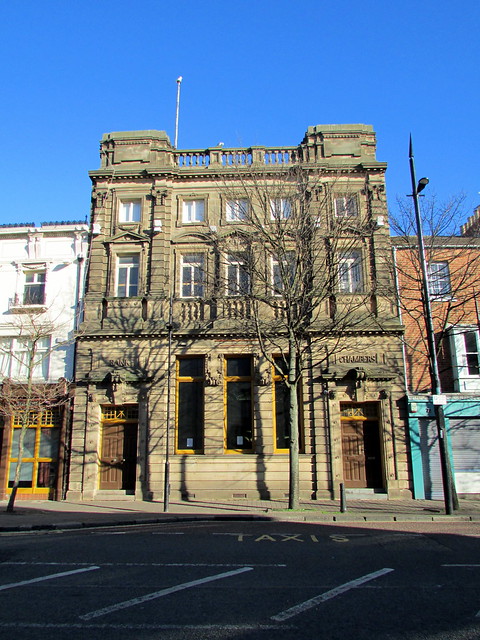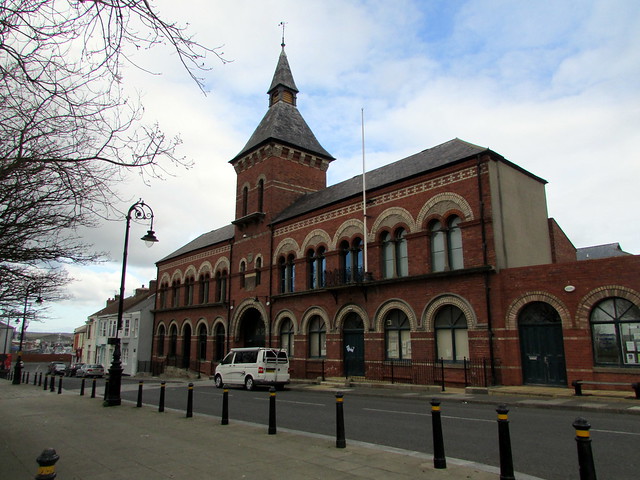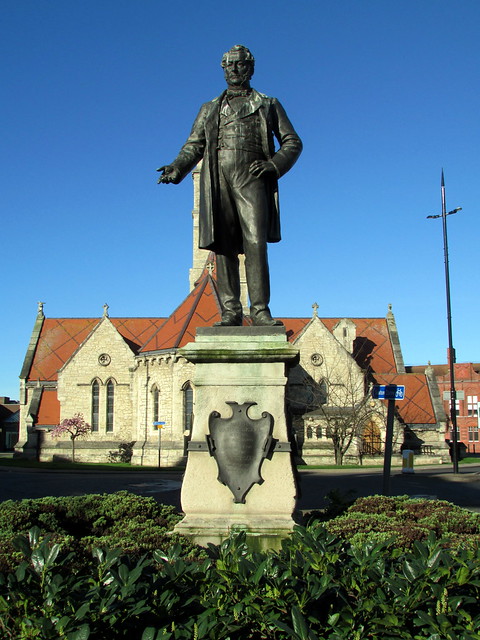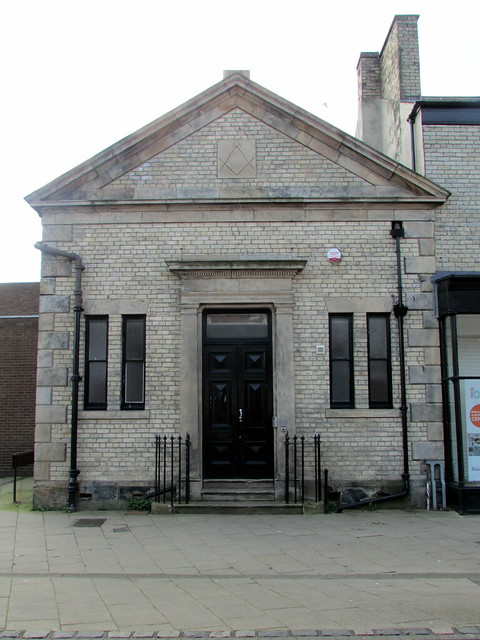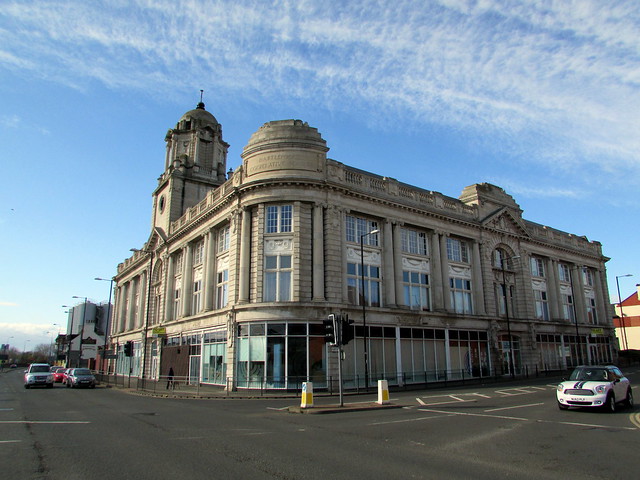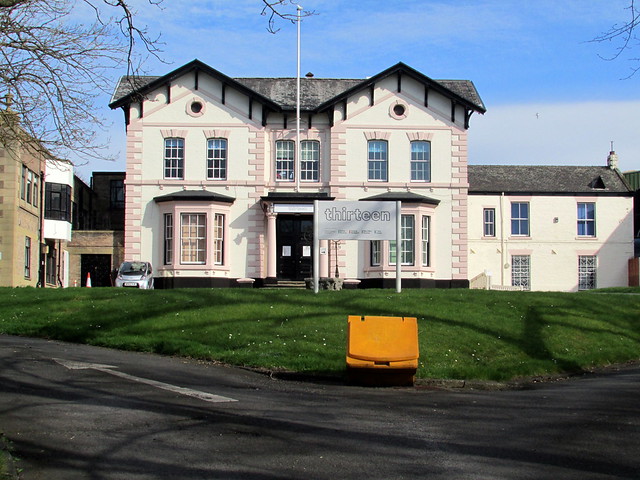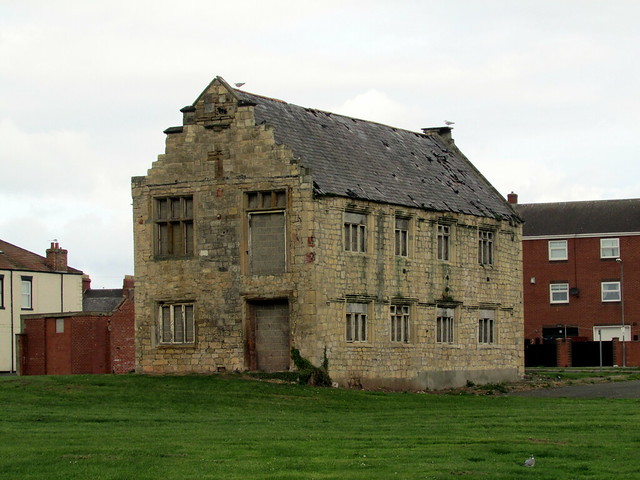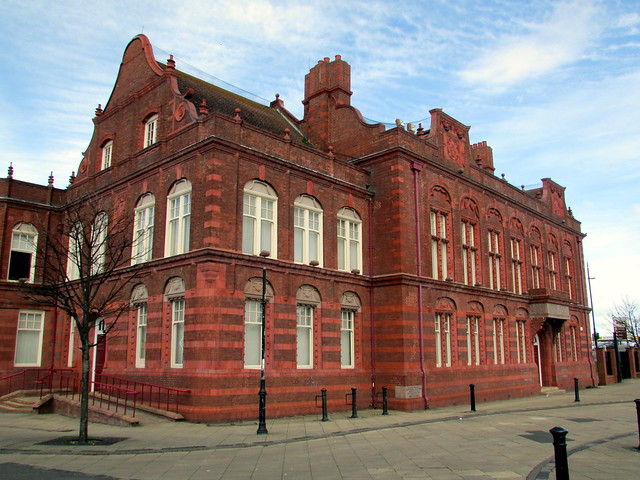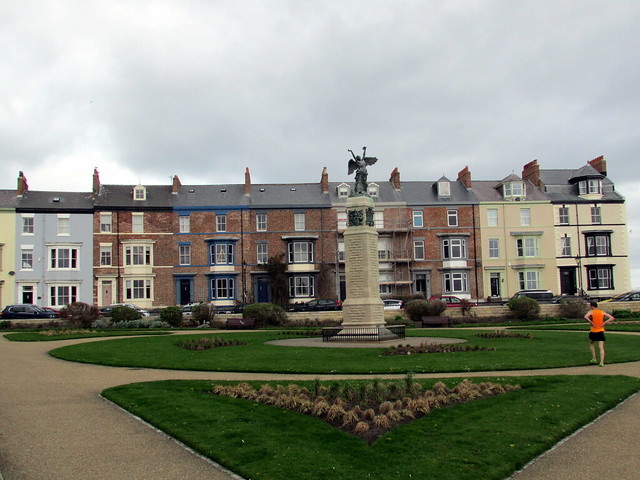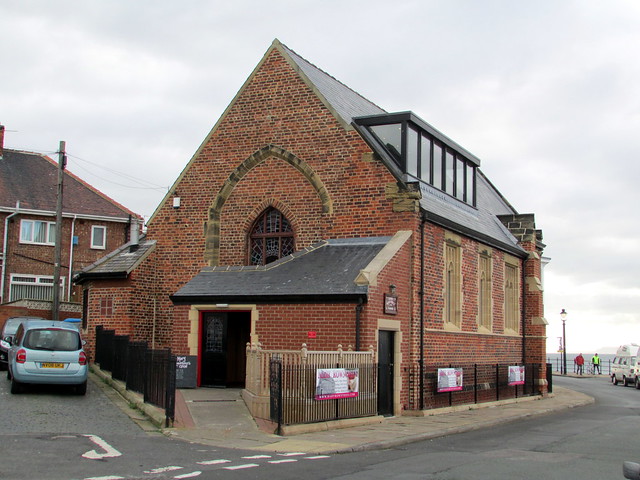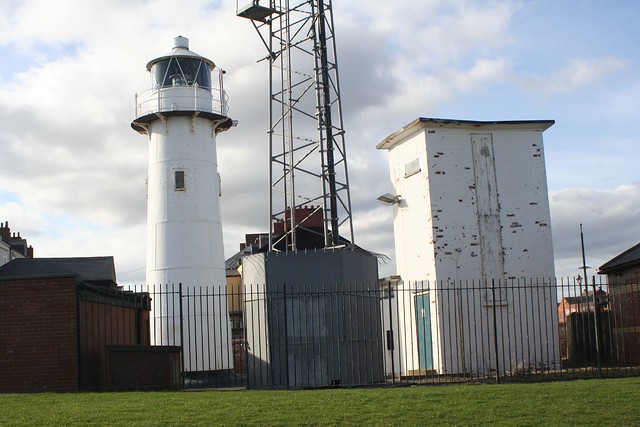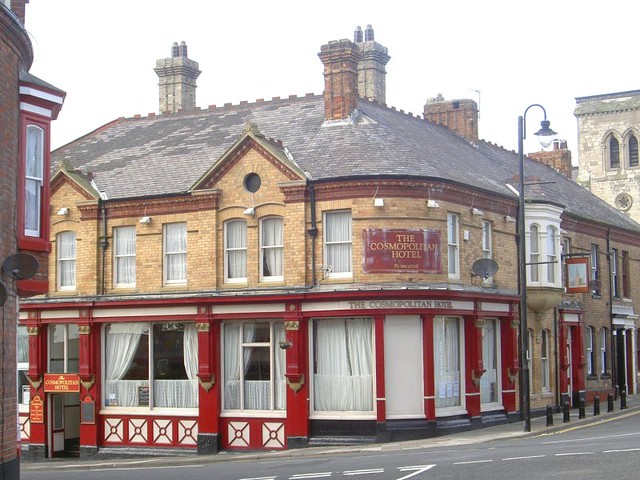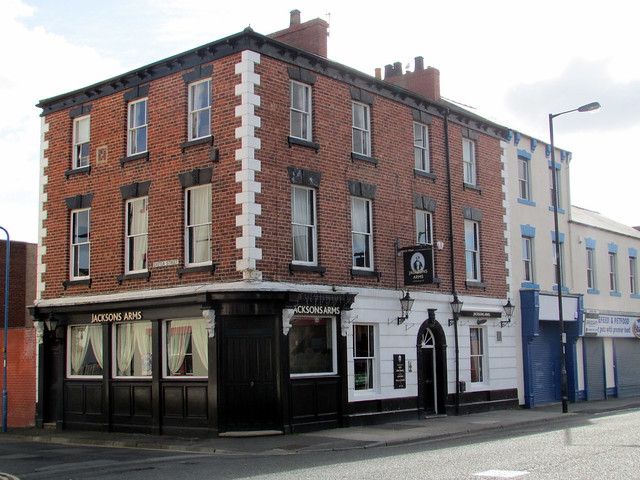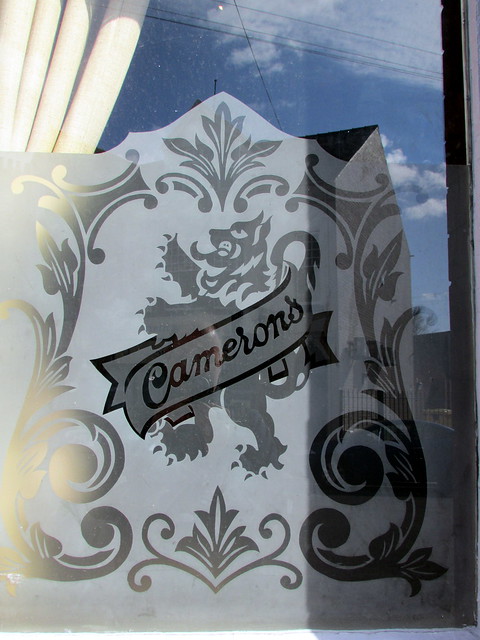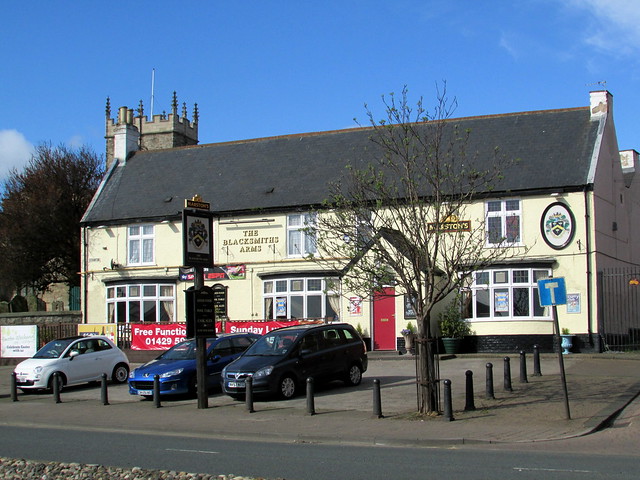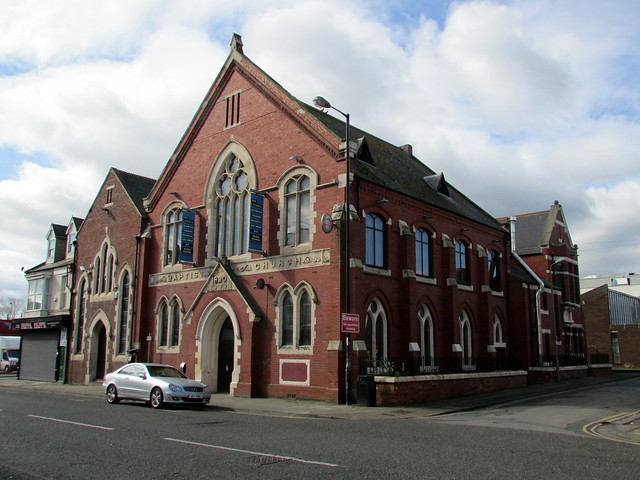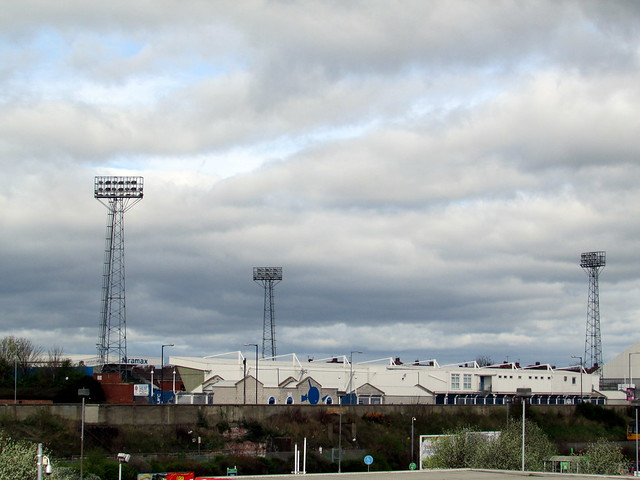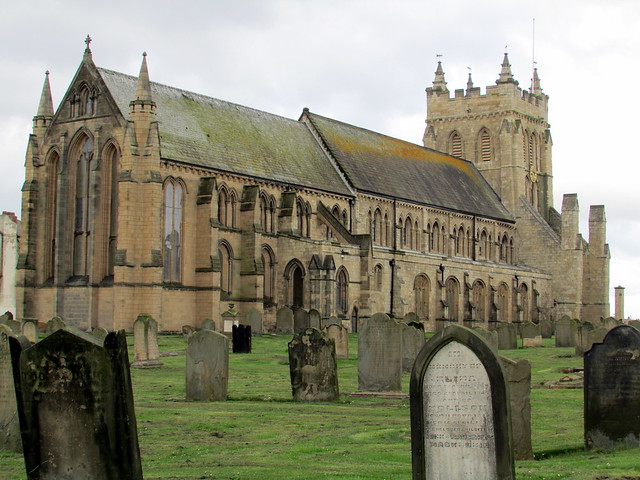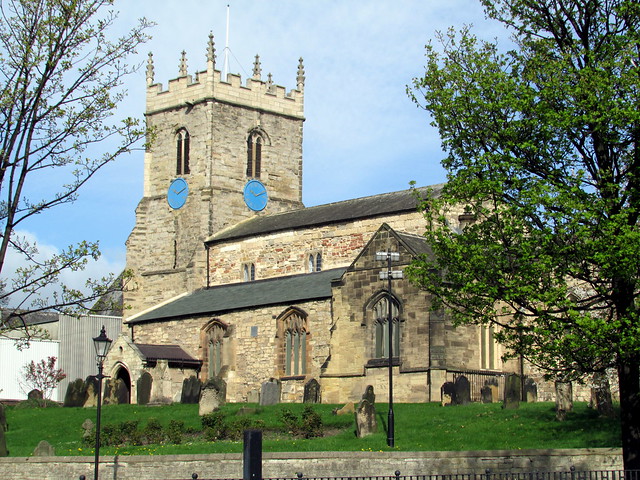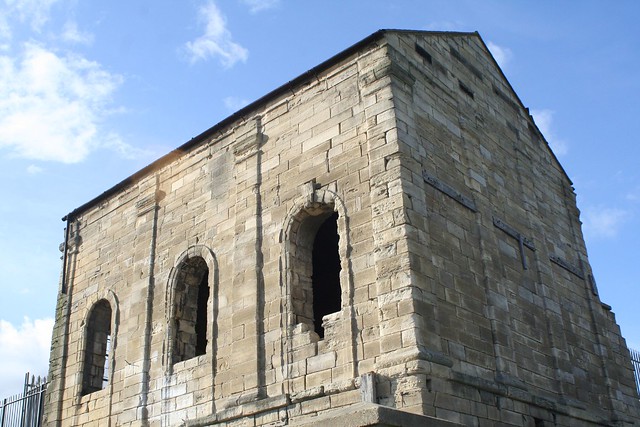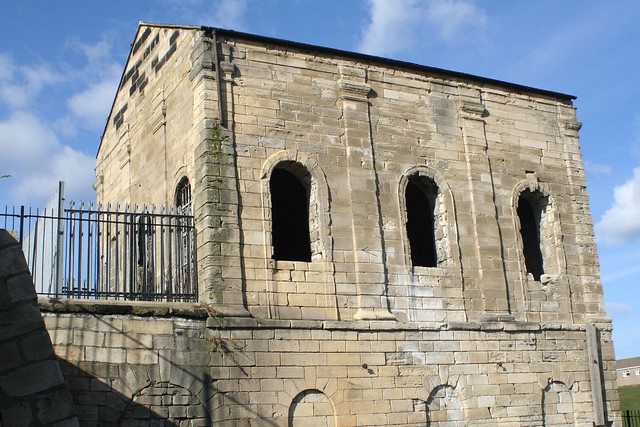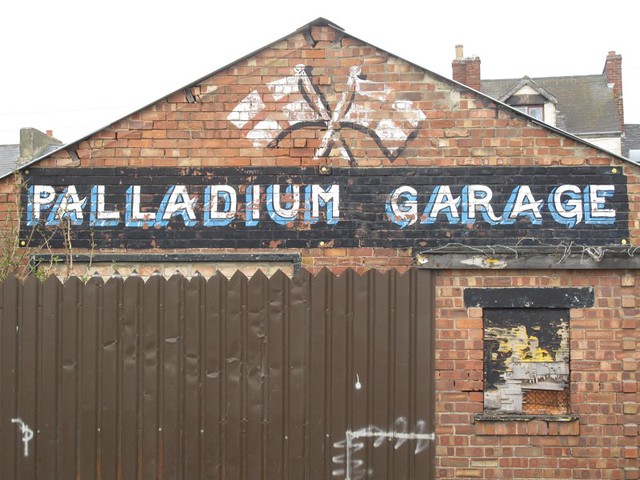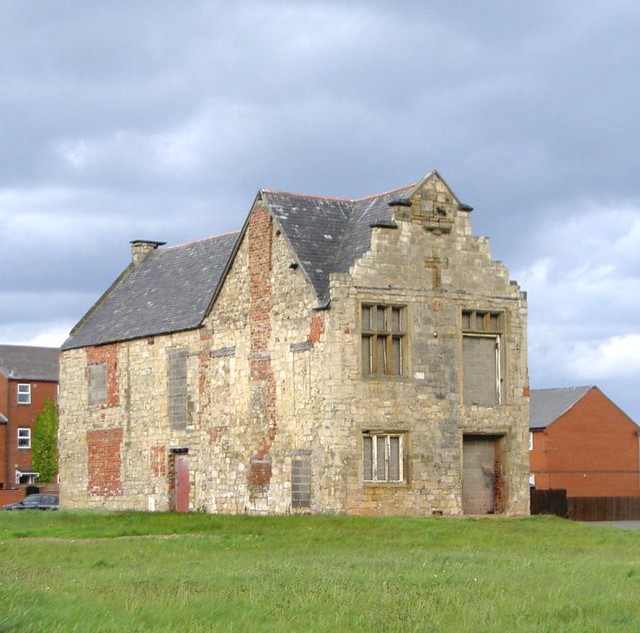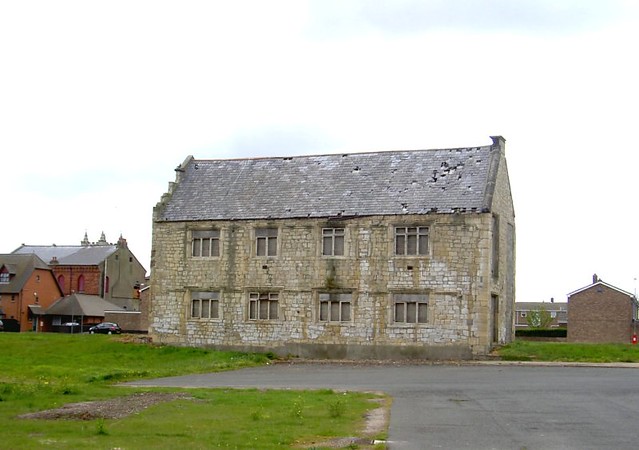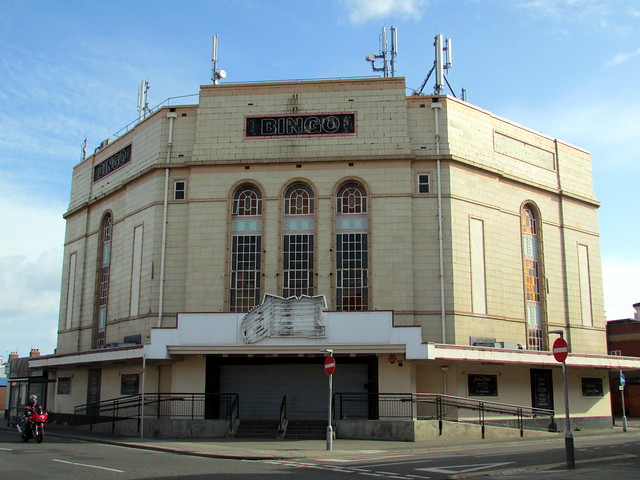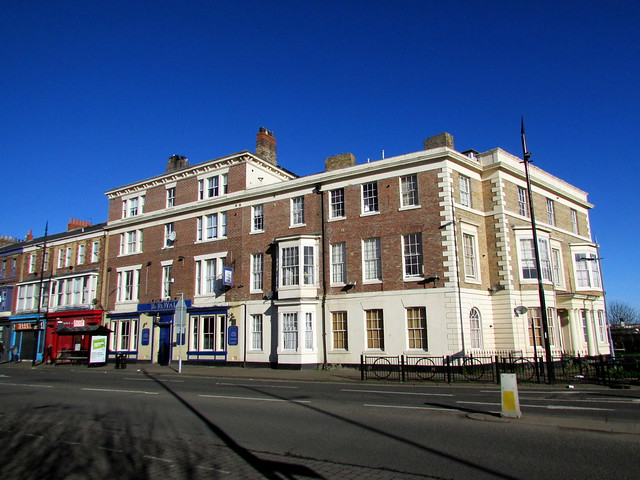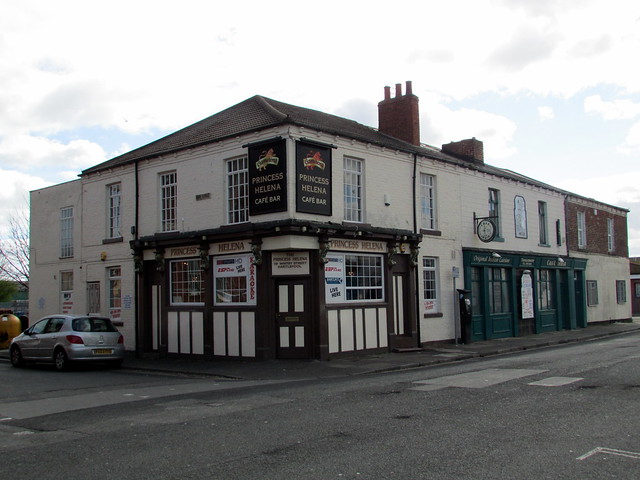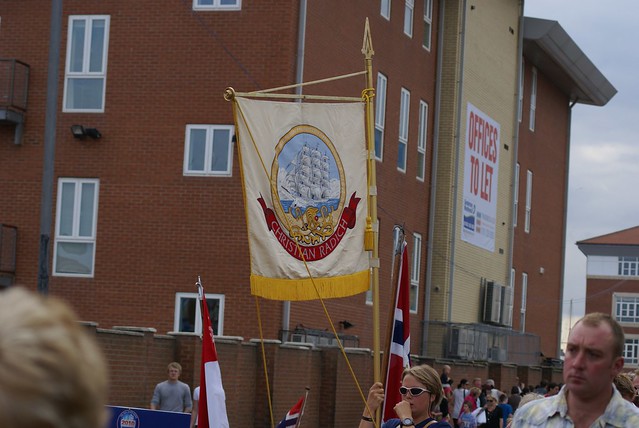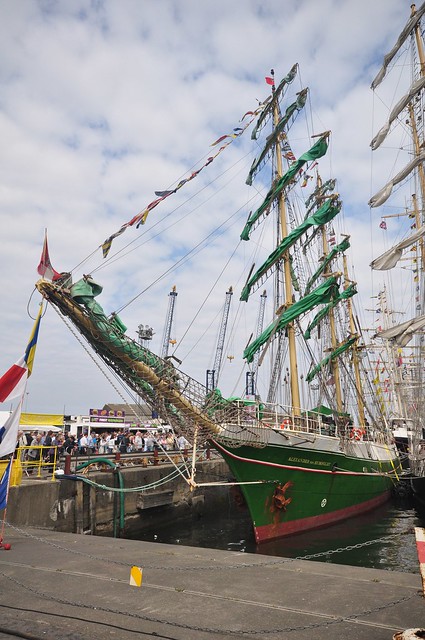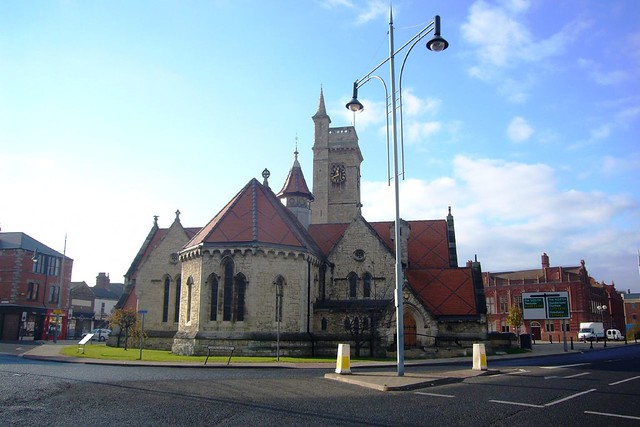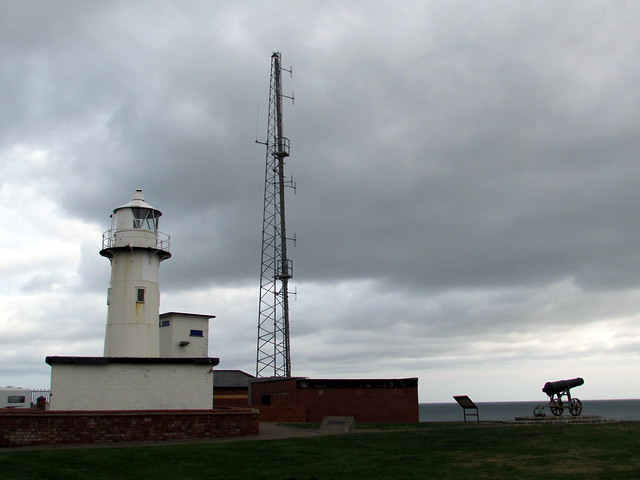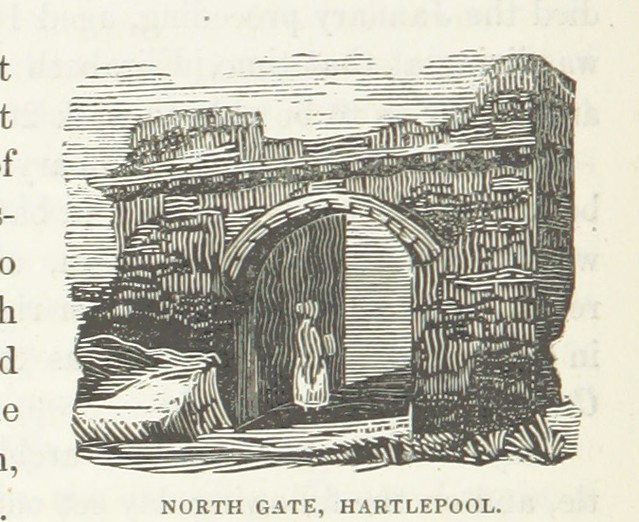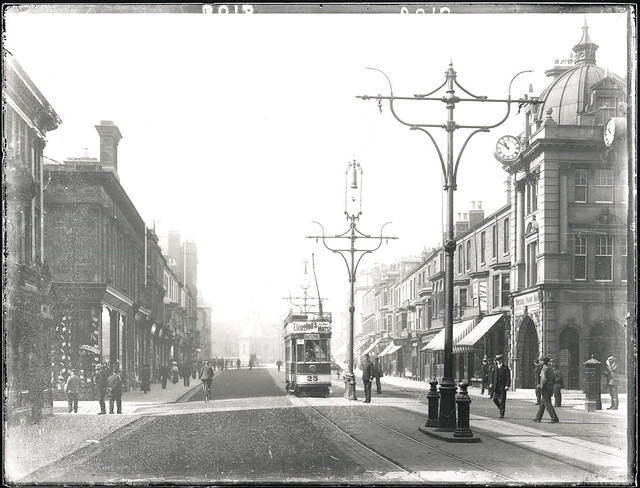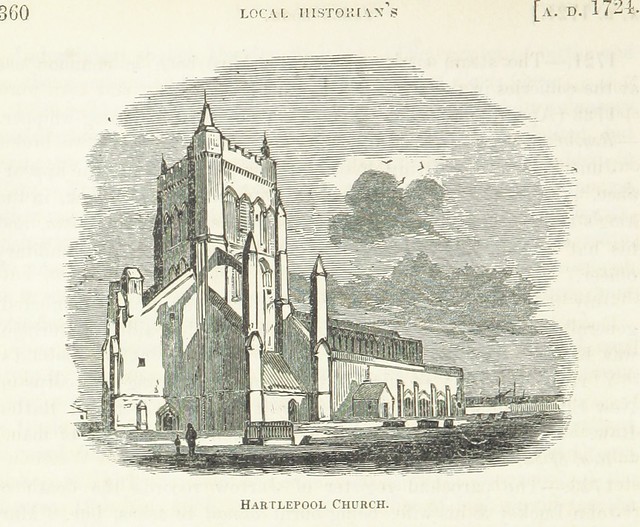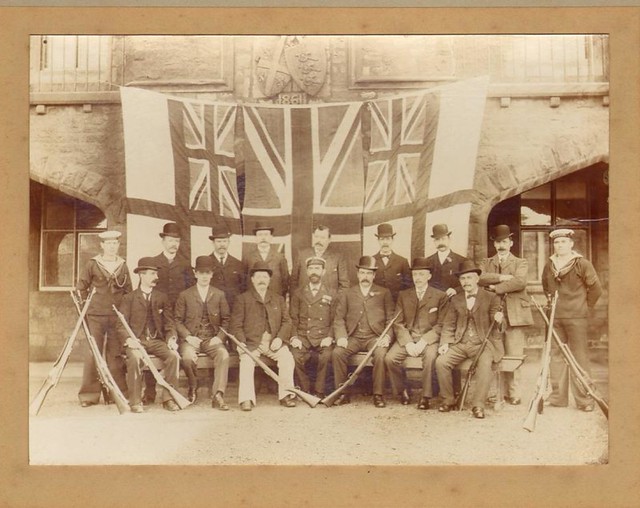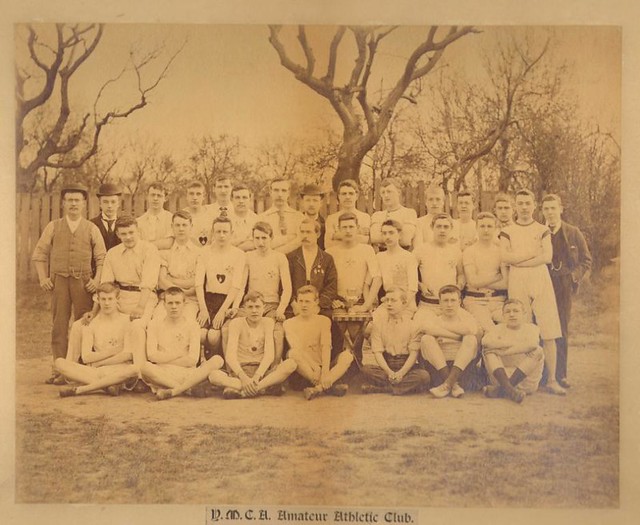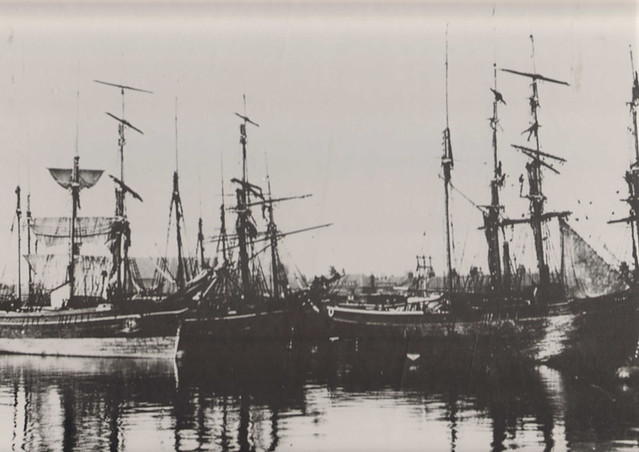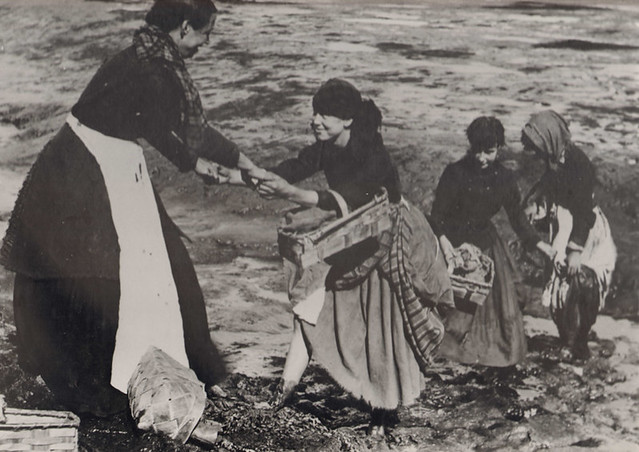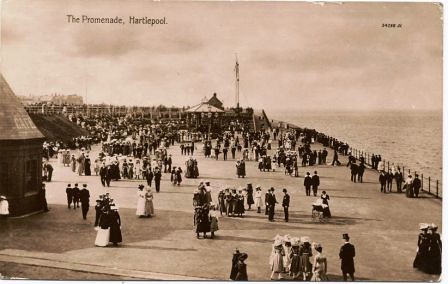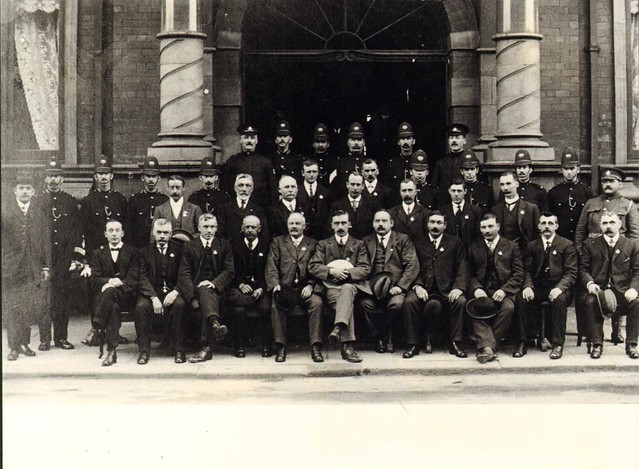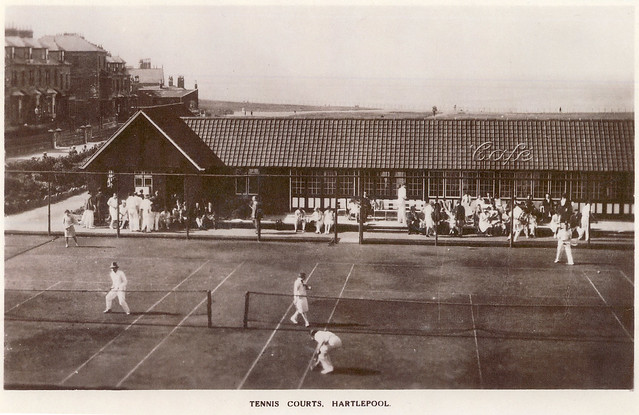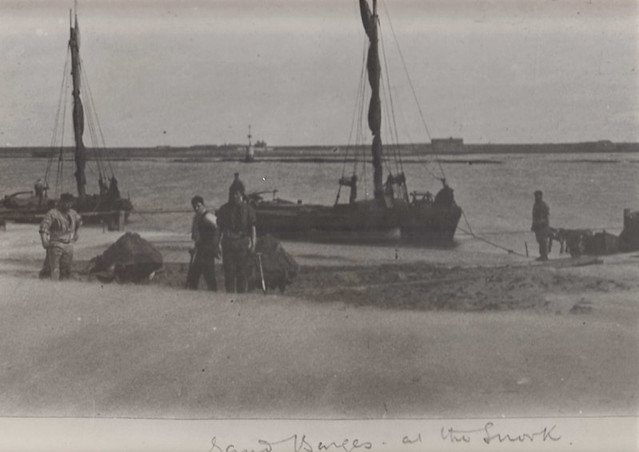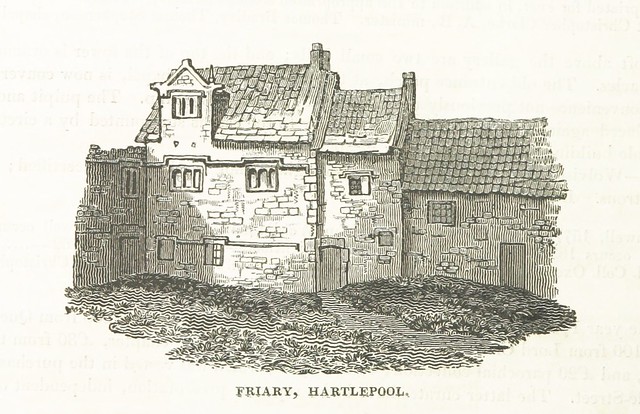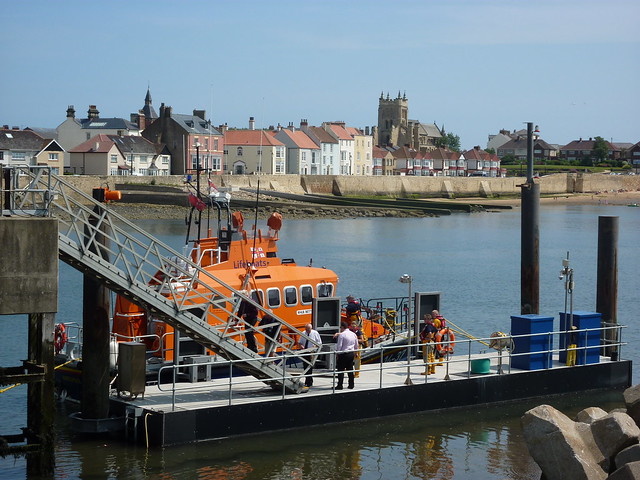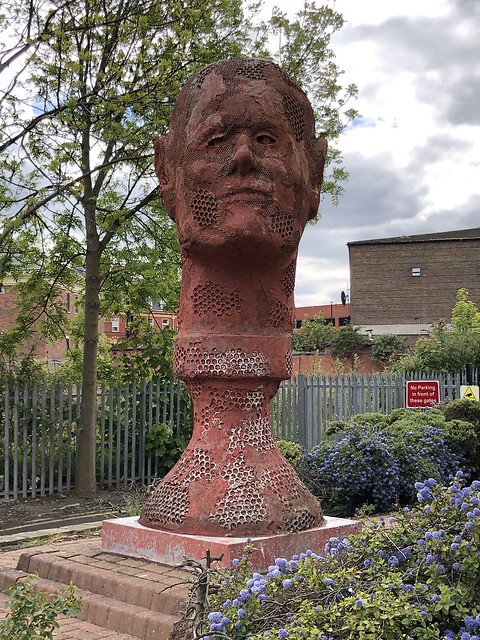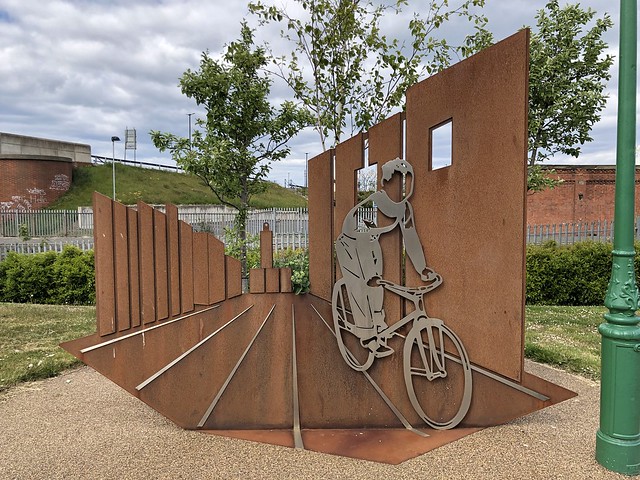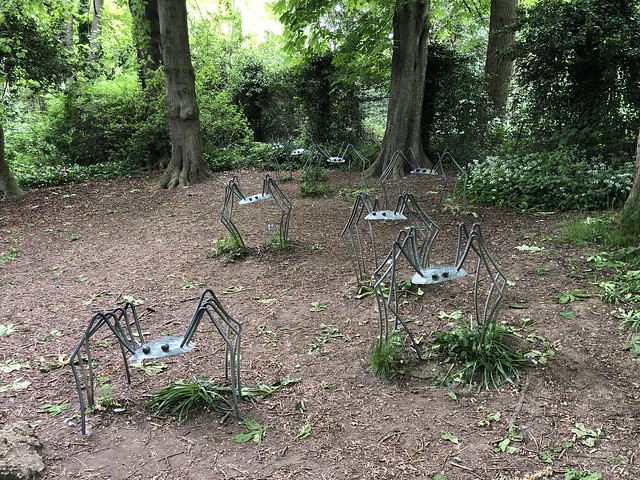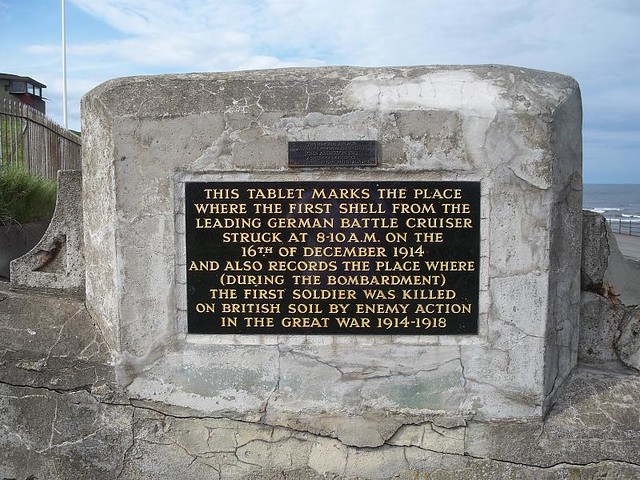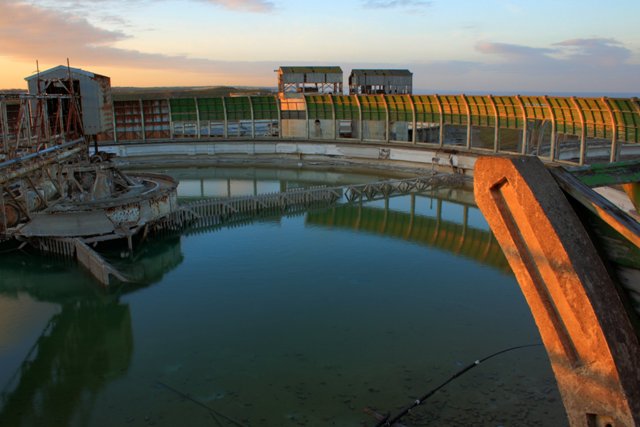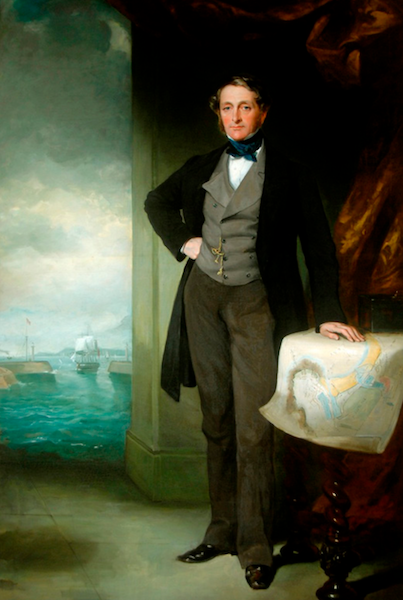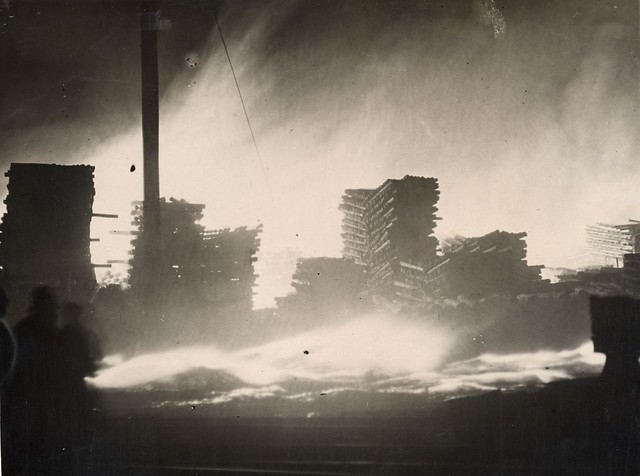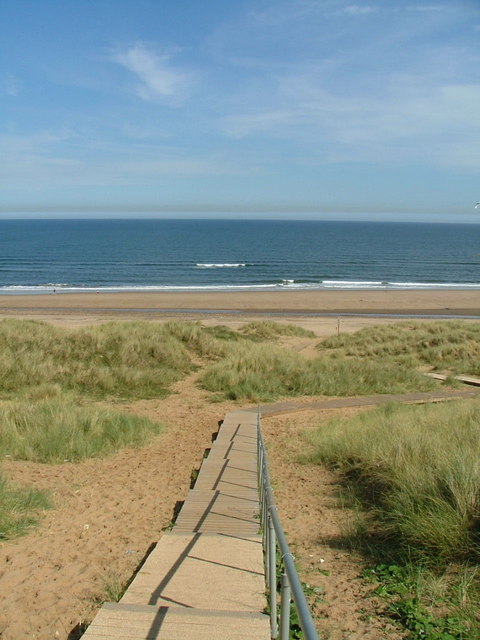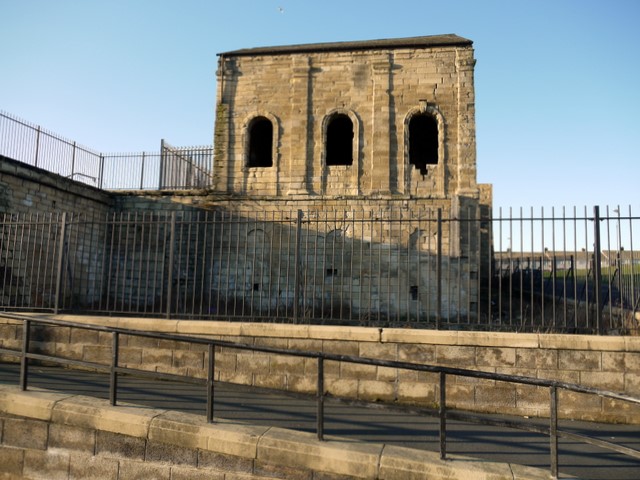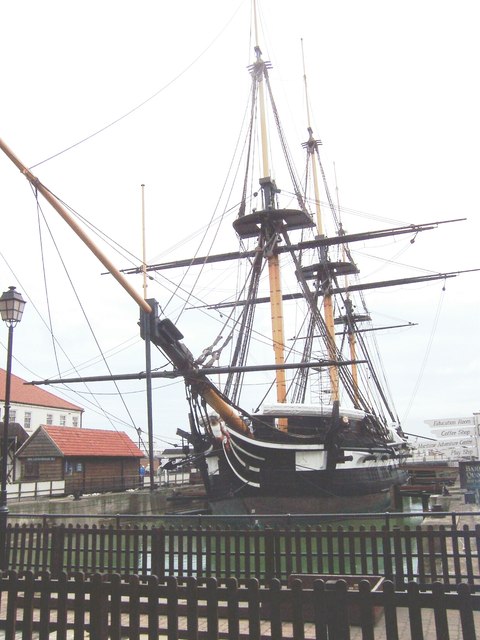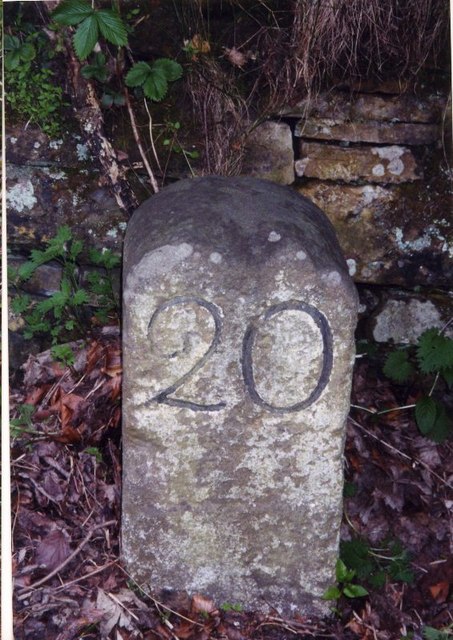Topics > Tees Valley > Hartlepool
Hartlepool
Hartlepool is a town in County Durham on the North Sea coast of North East England, north of Middlesbrough and south of Sunderland. The Borough of Hartlepool includes outlying villages such as Seaton Carew, Greatham and Elwick.
Hartlepool was founded in the 7th century AD, around the Northumbrian monastery of Hartlepool Abbey. The village grew in the Middle Ages and its harbour served as the official port of the County Palatine of Durham. After a railway link from the north was established from the South Durham coal fields, an additional link from the south, in 1835, together with a new port, resulted in further expansion, with the new town of West Hartlepool. Industrialisation and the start of a shipbuilding industry in the later part of the 19th century caused Hartlepool to be a target for the Imperial German Navy at the beginning of the First World War. A bombardment of 1,150 shells on 16 December 1914 resulted in the death of 117 people. A severe decline in heavy industries and shipbuilding following the Second World War caused periods of high unemployment until the 1990s when major investment projects and the redevelopment of the docks area into a marina saw a rise in the town's prospects.
Origins of name
The place name derives from Old English heort ("hart"), referring to stags seen, and pol (pool), a pool of drinking water which they were known to use. Records of the place-name from early sources confirm this:
The 8th Century Northumbrian chronicler Bede referred to the spot on which today's town is sited upon as "the place where deer come to drink", and in this period the Headland was named by the Angles as Heruteu (Stag Island). At the beginning of the 11th Century the name had evolved into Herterpol, and post Norman Conquest the name of the village sited there evolved in Middle English as: Hart-le-pool ("The Pool of the Stags"). Archaeological evidence has been found below the current high tide mark that indicates that an ancient post-glacial forest by the sea existed in the area during this period.
Beginning
After the Roman Empire abandoned its province of Britannia in the early 5th Century, its North-Eastern sea coast began to be piratically raided by the Angles from across the North Sea in Scandinavia. They subsequently began crossing the North Sea and settled in the area, creating the Kingdom of Northumbria. Hartlepool began as an Anglian settlement, and a town developed in the 7th Century A.D. sited around Hartlepool Abbey, which had been founded in 640 A.D. by the Irish Christian priest Saint Aidan upon a headland overlooking a natural harbour and the North Sea. The monastery became powerful under St Hilda, who served as its abbess from 649–657 A.D. The Abbey fell into decline with the loss of Northumbrian power in the early 8th Century, and it was probably destroyed during a sea raid by Vikings on Hartlepool in the 9th Century. In March 2000, the archaeological investigation television programme Time Team located the foundations of the lost monastery in the grounds of St Hilda's Church.
Medieval Hartlepool
During the Norman Conquest the De Brus family gained over-lordship of the land surrounding Hartlepool. William the Conqueror subsequently ordered the construction of Durham Castle, and the villages under their rule were mentioned in records in 1153 when Robert de Brus, 1st Lord of Annandale became Lord of Hartness. The town's first charter was received before 1185, for which it gained its first mayor, an annual two-week fair and a weekly market.
By the Middle Ages Hartlepool was growing into an important (though still small) market town, one of the reasons for its escalating wealth being that its harbour was serving now as the official port of the County Palatine of Durham. The main industry of the town at this time was fishing, and Hartlepool in this period established itself as one of the primary ports upon England's Eastern coast.
In 1306, Robert the Bruce was crowned King of Scotland, and became the last Lord of Hartness. Angered, King Edward I confiscated the title to Hartlepool, and began to improve the town's military defences in expectation of war. In 1315, before they were completed, a Scottish army under Sir James Douglas attacked, captured and looted the town.
In the late 15th Century a pier was constructed to assist in the harbour's workload.
Early Modern Era
Hartlepool was once again militarily occupied by a Scottish incursion, this time in alliance with the Parliamentary Army during the English Civil War, which after 18 months was relieved by an English Parliamentarian garrison.
In 1795 Hartlepool artillery emplacements and defences were constructed in the town as a defensive measure against the threat of French attack from seaborne Napoleonic forces. During the Crimean War two coastal batteries were constructed close together in the town to guard against the threat of seaborne attacks from the Imperial Russian Navy, they were entitled the Lighthouse Battery (1855) and the Heugh Battery (1859).
Hartlepool in the 18th Century became known as a town with medicinal springs, particularly the Chalybeate Spa near the Westgate. The poet Thomas Gray visited the town in July 1765 to "take the waters", and wrote to his friend Dr. Wharton:
A few weeks later, he wrote in greater detail:
Victorian Era
By the early nineteenth century, Hartlepool was still a small town of around 900 people, with a declining port. In 1823 the council and Board of Trade decided that the town needed new industry, so the decision was made to propose a new railway to make Hartlepool a coal port, shipping out minerals from the Durham coalfield. It was in this endeavour that Isambard Kingdom Brunel visited the town in December 1831, and wrote: "A curiously isolated old fishing town – a remarkably fine race of men. Went to the top of the church tower for a view."
But the plan was faced by local competition from new docks. to the north, the Marquis of Londonderry had approved the creation of the new Seaham Harbour (opened 31 July 1831), while to the south the Clarence Railway connected Stockton-on-Tees and Billingham to a new port at Port Clarence (opened 1833). Further south again, in 1831 the Stockton and Darlington Railway had extended into the new port of Middlesbrough.
The council agreed the formation of the Hartlepool Dock and Railway Company (HD&RCo) to extend the existing port by developing new docks, and link to both local collieries and the developing railway network in the south. In 1833, it was agreed that Christopher Tennant of Yarm establish the HD&RCo, having previously opened the Clarence Railway (CR). Tennant's plan was that the HD&RCo would fund the creation of a new railway, the Stockton and Hartlepool Railway, which would take over the loss-making CR and extended it north to the new dock, thereby linking to the Durham coalfield.
After Tennant died, in 1839, the running of the HD&RCo was taken over by Stockton-on-Tees solicitor, Ralph Ward Jackson. But Jackson became frustrated at the planning restrictions placed on the old Hartlepool dock and surrounding area for access, so bought land which was mainly sand dunes to the south-west, and established West Hartlepool. Because Jackson was so successful at shipping coal from West Hartlepool through his West Hartlepool Dock and Railway Company and, as technology developed, ships grew in size and scale, the new town would eventually dwarf the old town.
The West Hartlepool Harbour and Dock opened on 1 June 1847. On 1 June 1852 the Jackson Dock opened on the same day that a railway opened connecting West Hartlepool to Leeds, Manchester and Liverpool. This allowed the shipping of coal and wool products eastwards, and the shipping of fresh fish and raw fleeces westwards, enabling another growth spurt in the town. This in turn resulted in the opening of the Swainson Dock on 3 June 1856, named after Ward Jackson’s father-in-law. In 1878 the William Gray & Co shipyard in West Hartlepool achieved the distinction of launching the largest tonnage of any shipyard in the world, a feat to be repeated on a number of occasions. By 1881, old Hartlepool's population had grown from 993 to 12,361, but West Hartlepool had a population of 28,000.
Ward Jackson helped to plan the layout of West Hartlepool and was responsible for the first public buildings. He was also involved in the education and the welfare of the inhabitants. In the end, he was a victim of his own ambition to promote the town: accusations of shady financial dealings, and years of legal battles, left him in near-poverty. He spent the last few years of his life in London, far away from the town he had created.
In 1891 the two towns had a combined population of 64,000. By 1900 the two Hartlepools were, together, one of the three busiest ports in England.
Modern Era
The modern town represents a joining together of "Old Hartlepool", locally known as the "Headland", and West Hartlepool. As already mentioned, what was West Hartlepool became the larger town and both were formally unified in 1967. Today the term "West Hartlepool" is rarely heard outside the context of sport, but one of the town's Rugby Union teams still proudly retains the name (See Sports below).
The name of the town's professional football club reflected both boroughs; when it was formed in 1908, following the success of West Hartlepool in winning the FA Amateur Cup in 1905, it was called "Hartlepools United" in the hope of attracting support from both towns. When the boroughs combined in 1967 the club renamed itself "Hartlepool" before re-renaming itself Hartlepool United in the 1970s. Many fans of the club still refer to the team as "Pools".
World War 1
The area became heavily industrialised with an ironworks (established 1838) and shipyards in the docks (established in the 1870s). By 1913, no fewer than 43 ship-owning companies were located in the town, with responsibility for 236 ships. This made it a key target for Germany in the First World War. One of the first German offensives against Britain was the Raid on Scarborough, Hartlepool and Whitby on the morning of 16 December 1914, when units of the Imperial German Navy bombarded Hartlepool, West Hartlepool, Whitby and Scarborough. Hartlepool was hit with a total of 1150 shells, killing 117 people.
Two coastal defence batteries at Hartlepool returned fire, launching 143 shells, and damaging three German ships: SMS Seydlitz, SMS Moltke and SMS Blücher. The Hartlepool engagement lasted roughly 50 minutes, and the coastal artillery defence was supported by the Royal Navy in the form of four destroyers, two light cruisers and a submarine, none of which had any significant impact on the German attackers.
Private Theophilus Jones of the 18th Battalion Durham Light Infantry, who fell as a result of this bombardment, is sometimes described as the first military casualty on British soil by enemy fire. This event (the death of the first soldiers on British soil) is commemorated by the 1921 Redheugh Gardens War Memorial together with a plaque unveiled on the same day (seven years and one day after the East Coast Raid) at the spot on the Headland (the memorial by Philip Bennison illustrates four soldiers on one of four cartouches and the plaque, donated by a member of the public, refers to the 'first soldier' but gives no name). A living history group, the Hartlepool Military Heritage Memorial Society, portray men of that unit for educational and memorial purposes.
Hartlepudlians voluntarily subscribed more money per head to the war effort than any other town in Britain.
World War 2
Hartlepool suffered badly in the Great Depression of the 1930s and endured high unemployment until the start of the Second World War, during which its shipbuilding and steel-making industries enjoyed a renaissance. Most of its output for the war effort were "Empire Ships". German bombers raided the town 43 times. During World War II, RAF Greatham (also known as RAF West Hartlepool) was located on the South British Steel Corporation Works.
Post war economic decline
After the war, both industries went into a severe decline. Blanchland, the last ship to be constructed in Hartlepool, left the slips in 1961. In 1967 Betty James wrote how "if I had the luck to live anywhere in the North East England...I would live near Hartlepool. If I had the luck". There was a boost to the retail sector in 1970 when Middleton Grange Shopping Centre was opened by Princess Anne, with over 130 new shops including Marks & Spencer and Woolworths.
Before the shopping centre was opened, the old town centre was located around Lynn Street, but most of the shops and the market had moved to a new shopping centre by 1974. Most of Lynn Street had by then been demolished to make way for a new housing estate. Only the north end of the street remains, now called Lynn Street North. This is where the Hartlepool Borough Council depot was based (alongside the Focus DIY store) until it moved to the marina in August 2006.
In 1977 the British Steel Corporation announced the closure of its Hartlepool steelworks with the loss of 1500 jobs. In the 1980s the area was afflicted with extremely high levels of unemployment, at its peak consisting of 30 per cent of the town's working age population, the highest in the United Kingdom. 630 jobs at British Steel were lost in 1983, and a total of 10,000 jobs were lost from the town in the economic de-industrialization of England's former Northern manufacturing heartlands. Between 1983 and 1999 the town lacked a cinema, and areas of it became afflicted the societal hallmarks of endemic economic poverty, with urban decay, high crime levels, and drug and alcohol dependency being prevalent.
21st Century regeneration
A series of major investment projects in the 1990s revived the town centre with a new marina, rehabilitation of derelict land, the indoor conversion to modernise Middleton Grange Shopping Centre from the 1960s brutalist architecture, the Historic Quay regeneration, and the construction of much new housing.
Tall Ships' Races
On 28 June 2006 Hartlepool celebrated after winning its bid to host The Tall Ships' Races. The town welcomed up to 125 tall ships in 2010, after being chosen by race organiser Sail Training International to be the finishing point for the race. Hartlepool greeted the ships, which sailed from Kristiansand in Norway on the second and final leg of the race.
Monkeys
Hartlepool is famous for allegedly executing a monkey during the Napoleonic Wars. According to legend, fishermen from Hartlepool watched a French warship founder off the coast, and the only survivor was a monkey, which was dressed in French military uniform, presumably to amuse the officers on the ship. The fishermen assumed that this must be what Frenchmen looked like and, after a brief trial, summarily executed the monkey.
Although a popular story, it seems unlikely to be true. Historians have also pointed to the prior existence of a Scottish folk song called "And the Boddamers hung the Monkey-O". It describes how a monkey survived a shipwreck off the village of Boddam near Peterhead in Aberdeenshire. Because the villagers could only claim salvage rights if there were no survivors from the wreck, they allegedly hanged the monkey. There is also an English folk song detailing the later event called, appropriately enough, "The Hartlepool Monkey". In the English version the monkey is hanged as a French spy.
"Monkey hanger" and Chimp Choker are common terms of (semi-friendly) abuse aimed at "Poolies", often from bitter footballing rivals Darlington. The mascot of Hartlepool United F.C. is H'Angus the monkey. The man in the monkey costume, Stuart Drummond, stood for the post of mayor in 2002 as H'angus the monkey, and campaigned on a platform which included free bananas for schoolchildren. To widespread surprise, he won, becoming the first directly-elected mayor of Hartlepool, winning 7,400 votes with a 52% share of the vote and a turnout of 30%. He was re-elected by a landslide in 2005, winning 16,912 on a turnout of 51% – 10,000 votes more than his nearest rival, the Labour Party candidate.
The monkey legend is also linked with two of the town's sports clubs, Hartlepool Rovers RFC, which uses the hanging monkey as the club logo. On tours it would hang a monkey on the posts of the rugby pitch to spread the story. Hartlepool (Old Boys) RFC use a hanging monkey kicking a rugby ball as their tie crest.
Visit the page: Hartlepool for references and further details. You can contribute to this article on Wikipedia.

from Newcastle University (youtube)
Princess Mary Visit To Hartlepool On Sleeve As Princes Mary Visits & Cuts (1926)
Pinned by Simon Cotterill

from Newcastle University (youtube)
"Peace Hath Her Heroes No Less Renowned Than War" (1931)
Pinned by Simon Cotterill

from Youtube (youtube)
A LOOK AROUND HARTLEPOOL presented by Derrick Rowbotham
Pinned by Simon Cotterill

from Youtube (youtube)
church street and victoria road. West Hartlepool.1950's.
Pinned by Simon Cotterill
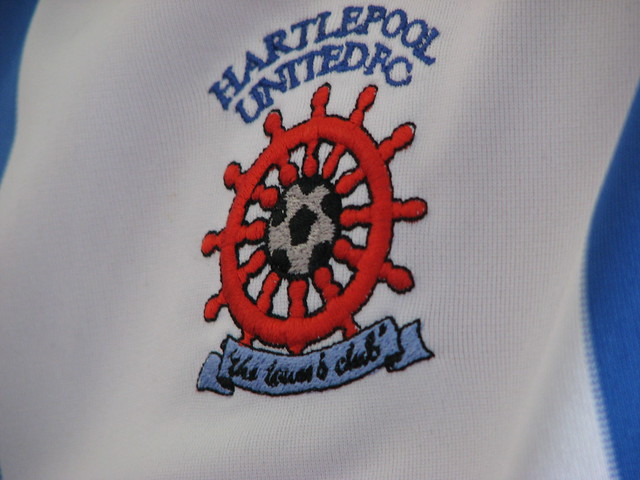
Co-Curate Page
Hartlepool United F.C.
- The club's roots go back to 1881 when West Hartlepool Amateur Football Club was formed. Hartlepool United Football Club was formed as a professional club in 1908 from a successful …
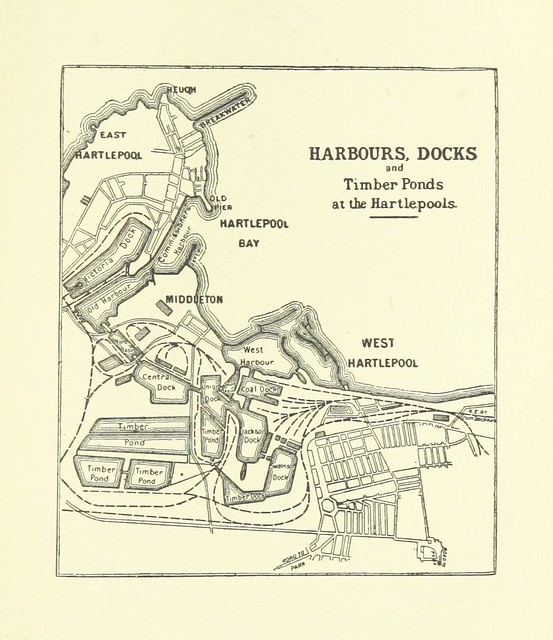
from Flickr (flickr)
Image taken from page 217 of 'Industrial rivers of the United Kingdom ... By various well-known experts, etc. [Edited by Evan Rowland Jones. Reprinted from the “Shipping World”.]'
Pinned by Simon Cotterill

from Flickr (flickr)
Image taken from page 360 of 'The Earth and its Inhabitants. The European section of the Universal Geography by E. Reclus. Edited by E. G. Ravenstein. Illustrated by ... engravings and maps'
Pinned by Simon Cotterill
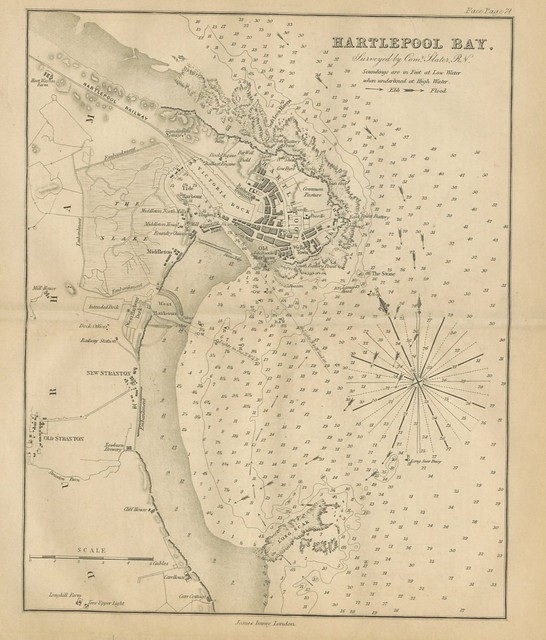
from Flickr (flickr)
Image taken from page 89 of 'The British and Foreign Coaster's Guide; containing complete sailing directions for the east coasts of England and Scotland, the Orkney and Shetland Islands, the coasts of France, Holland, and Jutland to the Scaw Point; those
Pinned by Simon Cotterill

from Flickr (flickr)
Image taken from page 599 of 'An historical, topographical and descriptive view of the County Palatine of Durham, etc., by E. Mackenzie and [continued by] M. Ross'
Pinned by Simon Cotterill

Co-Curate Page
Hartlepool Trolleybus Network
- Overview About Hartlepool Trolleybuses The Hartlepool trolleybus system once served the town of West Hartlepool, and linked it with the town of Hartlepool, in County Durham, England. The two …
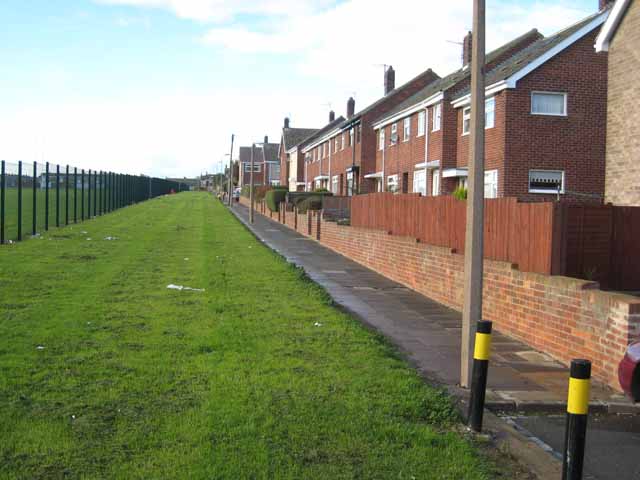
Co-Curate Page
Rift House
- Overview Map Street View Rift House is a district of the Borough of Hartlepool and the ceremonial county of County Durham. It is situated to the south-west of the town centre …
Co-Curate Page
Historic Buildings and Monuments in the Borough of Hartlepool
- Listed buildings and scheduled monuments in the Borough of Hartlepool: Structure List No. Grade Built~ Ward / Locality Note Nos. 1-6, Regent Street 1263227 II C19th Headland Nos. 1-7, …

from Flickr (flickr)
William Henry Chambers - Hartlepool Fish Quay, Tees Valley
Pinned by Simon Cotterill
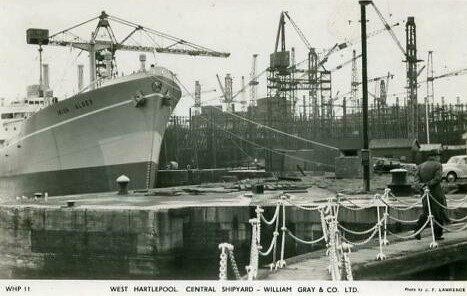
from Flickr (flickr)
POSTCARD OF WEST HARTLEPOOL CENTRAL SHIPYARD, COUNTY DURHAM
Pinned by Peter Smith

from Youtube (youtube)
The Marquess and Marchioness of Londonderry open the new pool and sports facility at Hartlepool (1923)
Pinned by Simon Cotterill

from Youtube (youtube)
Large electrical condenser transported by train (1931)
Pinned by Simon Cotterill


from Newcastle University (youtube)
Princess Mary Visit To Hartlepool On Sleeve As Princes Mary Visits & Cuts (1926)
Pinned by Simon Cotterill

from Newcastle University (youtube)
"Peace Hath Her Heroes No Less Renowned Than War" (1931)
Pinned by Simon Cotterill

from Youtube (youtube)
A LOOK AROUND HARTLEPOOL presented by Derrick Rowbotham
Pinned by Simon Cotterill

from Youtube (youtube)
church street and victoria road. West Hartlepool.1950's.
Pinned by Simon Cotterill

Co-Curate Page
Hartlepool United F.C.
- The club's roots go back to 1881 when West Hartlepool Amateur Football Club was formed. Hartlepool United Football Club was formed as a professional club in 1908 from a successful …

from Flickr (flickr)
Image taken from page 217 of 'Industrial rivers of the United Kingdom ... By various well-known experts, etc. [Edited by Evan Rowland Jones. Reprinted from the “Shipping World”.]'
Pinned by Simon Cotterill

from Flickr (flickr)
Image taken from page 360 of 'The Earth and its Inhabitants. The European section of the Universal Geography by E. Reclus. Edited by E. G. Ravenstein. Illustrated by ... engravings and maps'
Pinned by Simon Cotterill

from Flickr (flickr)
Image taken from page 89 of 'The British and Foreign Coaster's Guide; containing complete sailing directions for the east coasts of England and Scotland, the Orkney and Shetland Islands, the coasts of France, Holland, and Jutland to the Scaw Point; those
Pinned by Simon Cotterill

from Flickr (flickr)
Image taken from page 599 of 'An historical, topographical and descriptive view of the County Palatine of Durham, etc., by E. Mackenzie and [continued by] M. Ross'
Pinned by Simon Cotterill

Co-Curate Page
Hartlepool Trolleybus Network
- Overview About Hartlepool Trolleybuses The Hartlepool trolleybus system once served the town of West Hartlepool, and linked it with the town of Hartlepool, in County Durham, England. The two …

Co-Curate Page
Rift House
- Overview Map Street View Rift House is a district of the Borough of Hartlepool and the ceremonial county of County Durham. It is situated to the south-west of the town centre …
Co-Curate Page
Historic Buildings and Monuments in the Borough of Hartlepool
- Listed buildings and scheduled monuments in the Borough of Hartlepool: Structure List No. Grade Built~ Ward / Locality Note Nos. 1-6, Regent Street 1263227 II C19th Headland Nos. 1-7, …

from Flickr (flickr)
William Henry Chambers - Hartlepool Fish Quay, Tees Valley
Pinned by Simon Cotterill

from Flickr (flickr)
POSTCARD OF WEST HARTLEPOOL CENTRAL SHIPYARD, COUNTY DURHAM
Pinned by Peter Smith

from Youtube (youtube)
The Marquess and Marchioness of Londonderry open the new pool and sports facility at Hartlepool (1923)
Pinned by Simon Cotterill

from Youtube (youtube)
Large electrical condenser transported by train (1931)
Pinned by Simon Cotterill

Tees Valley
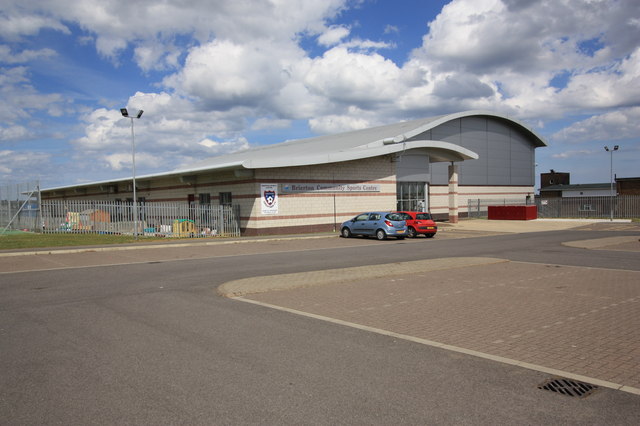
Brierton Lane

Camerons Brewery
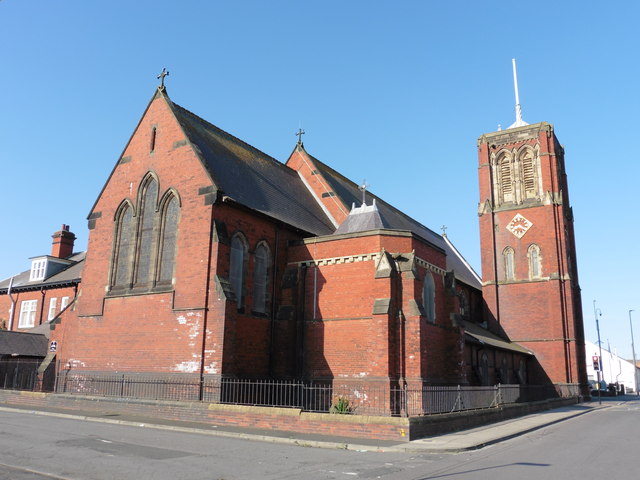
Church of St Aidan, Hartlepool
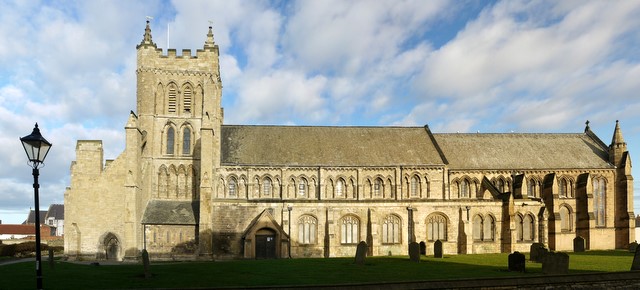
Church of St Hilda, Hartlepool
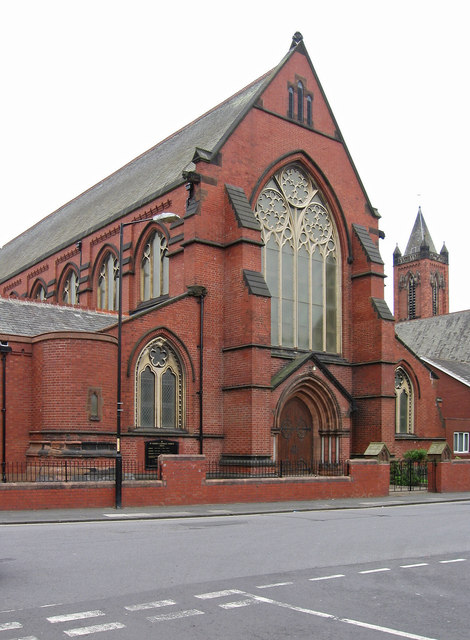
Church of St Joseph, Hartlepool
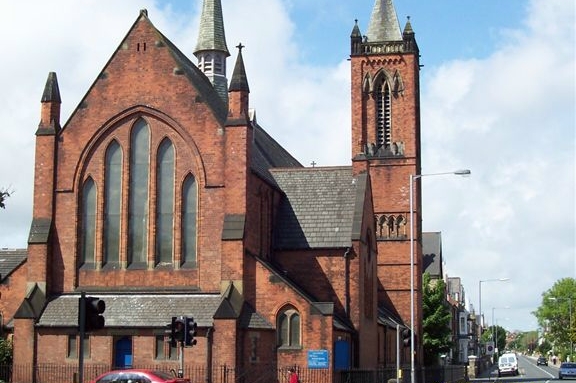
Church of St Paul, Hartlepool

Church Square, Hartlepool

Church Street, Hartlepool
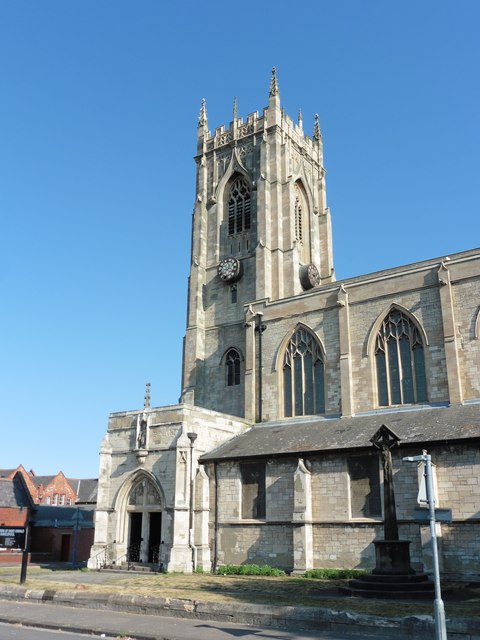
Dyke House, Hartlepool
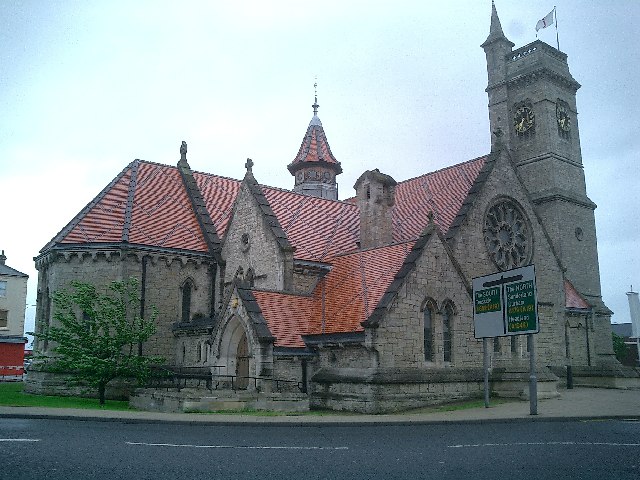
Hartlepool Art Gallery / Christ Church

Hartlepool at War

Hartlepool Headland

Hartlepool Marina

Hartlepool, Historical Account, 1848
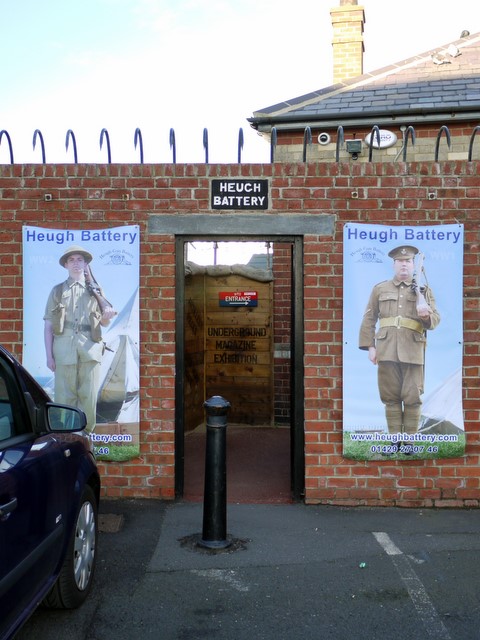
Heugh Battery
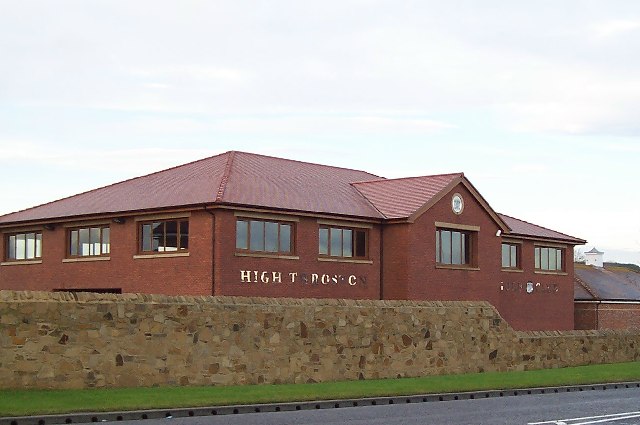
High Throston
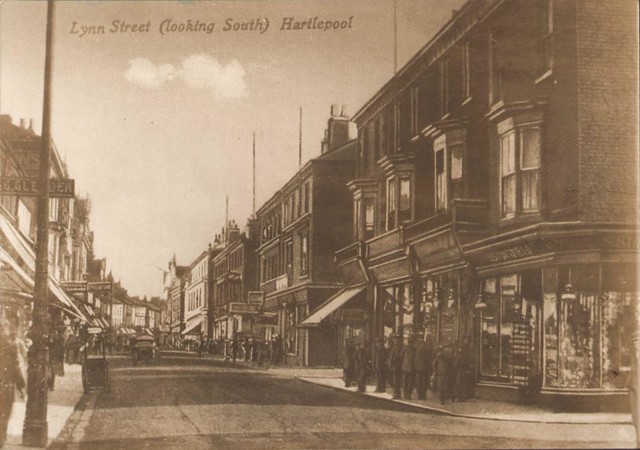
Lynn Street

Map and Aerial View of Hartlepool
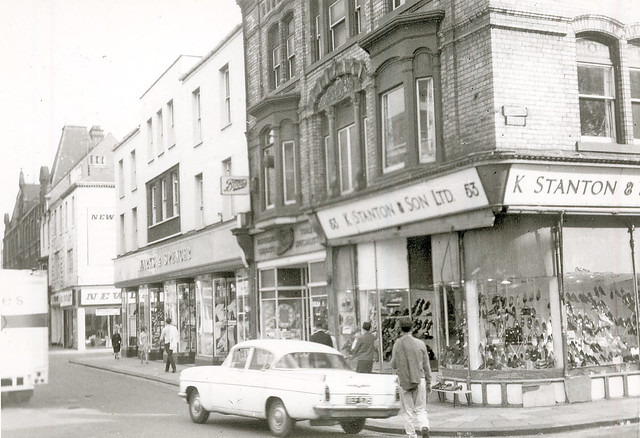
Middleton, Hartlepool
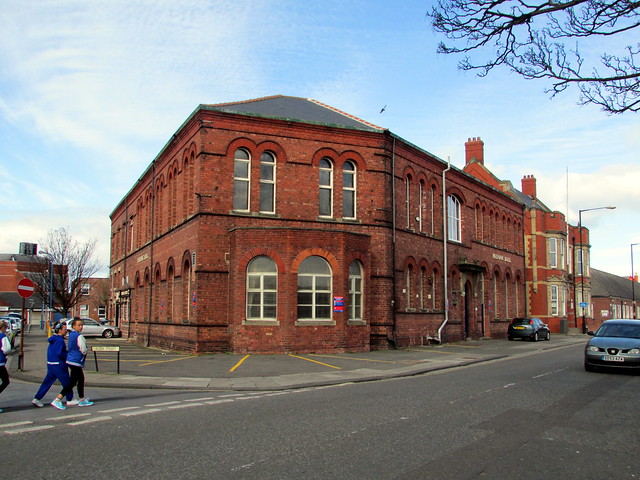
Raby Road, Hartlepool
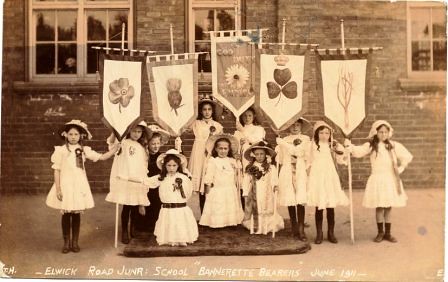
Schools in Hartlepool
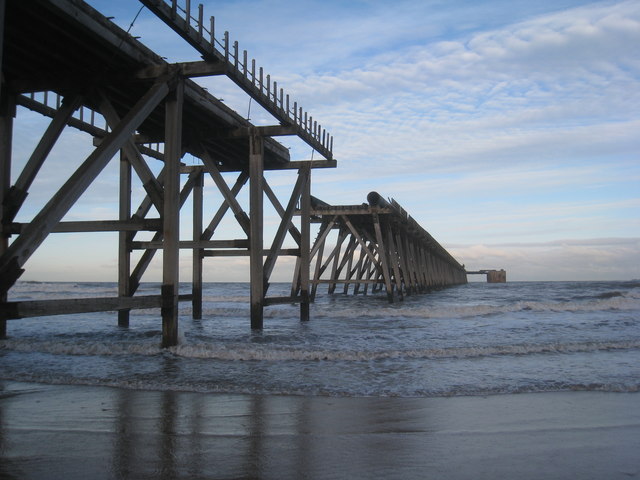
Steetley Pier, North Sands, Hartlepool
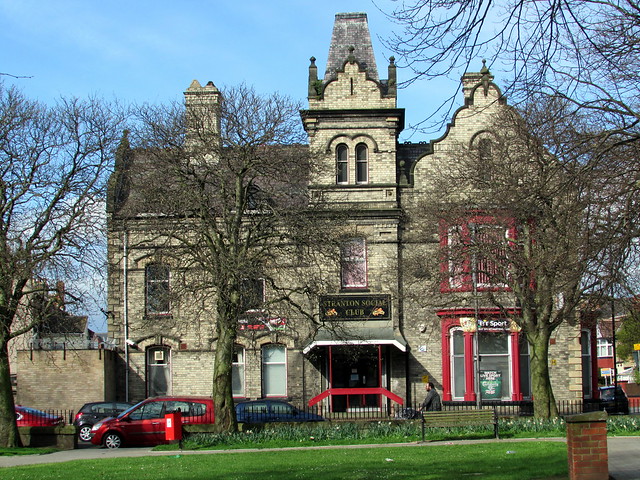
Stranton
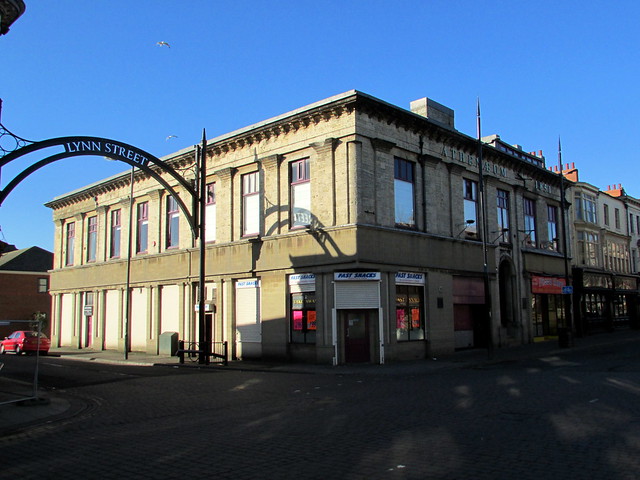
The Athenaeum, Hartlepool

The Northern School of Art
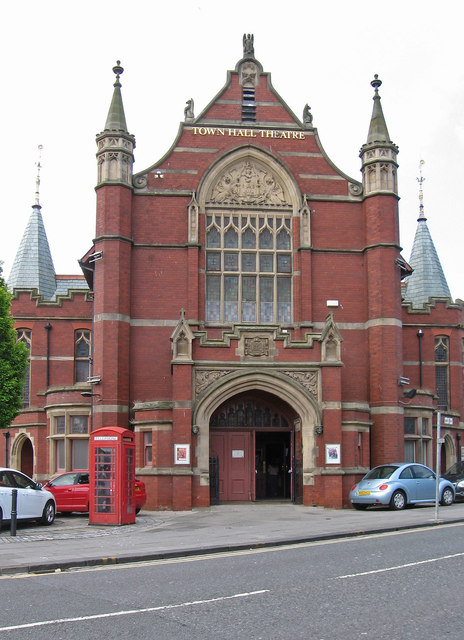
Town Hall Theatre, Hartlepool
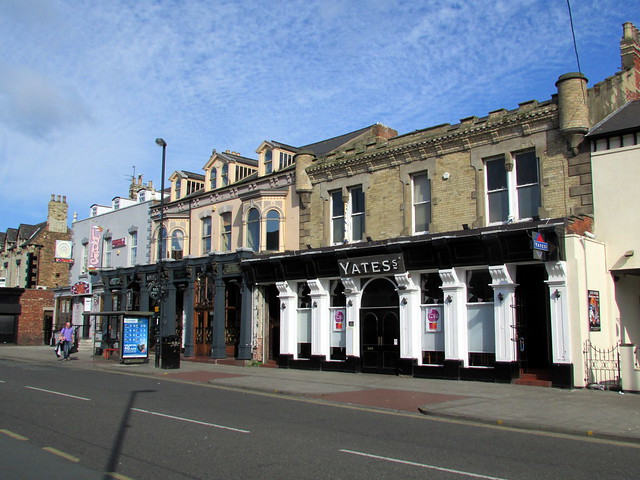
Victoria Road, Hartlepool
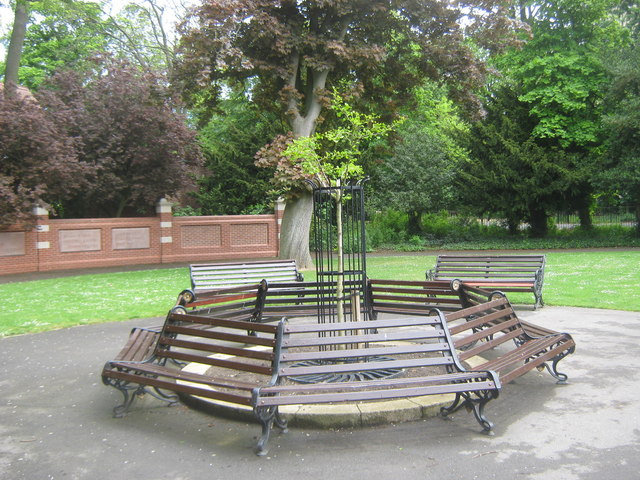
Ward Jackson Park, Hartlepool
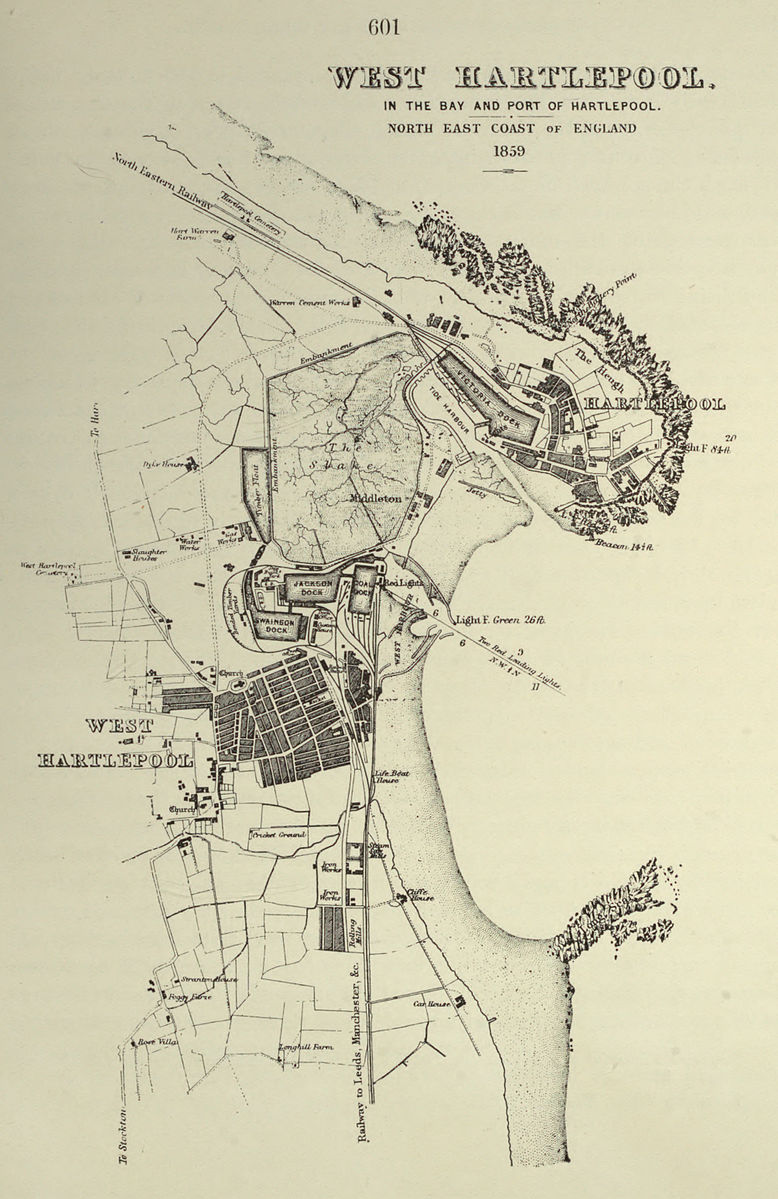
West Hartlepool
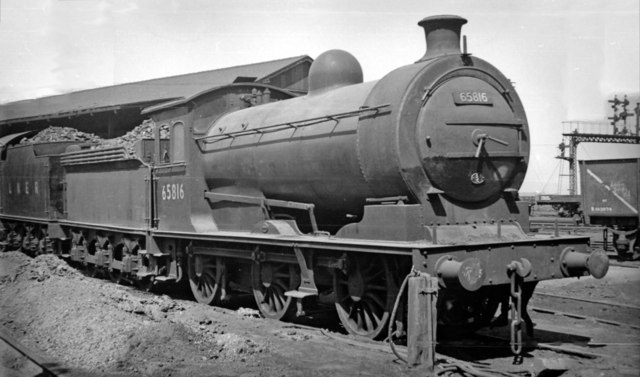
West Hartlepool Locomotive Depot


